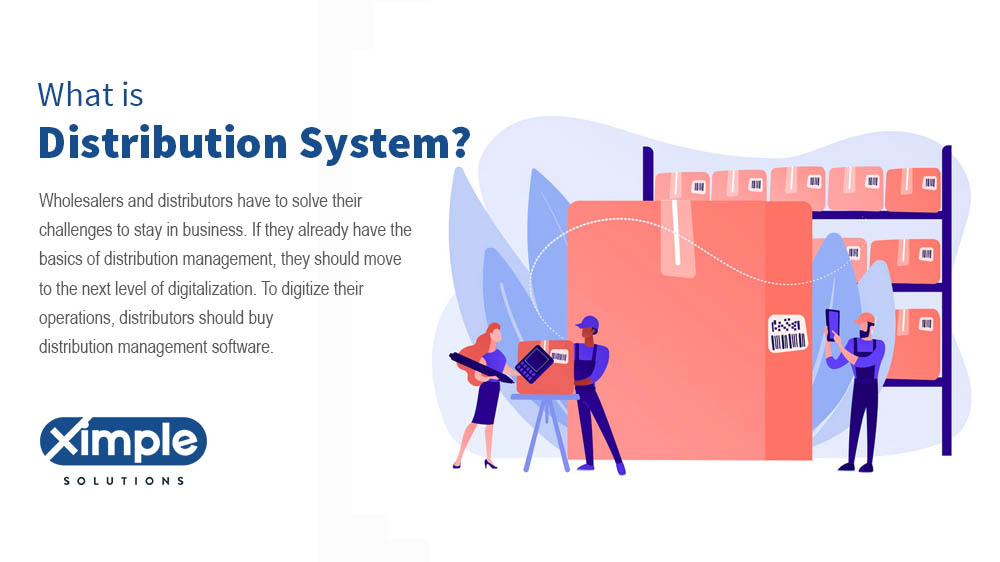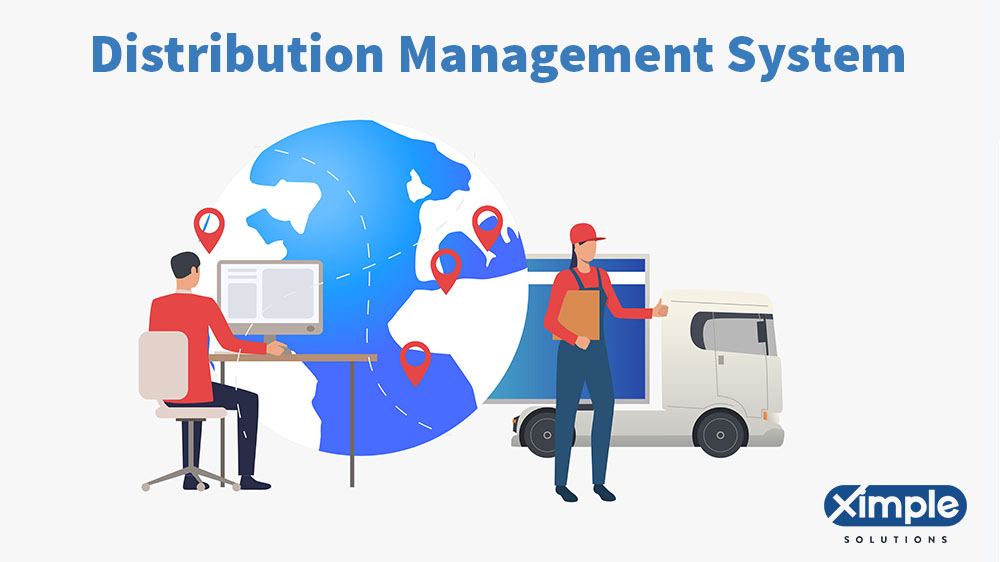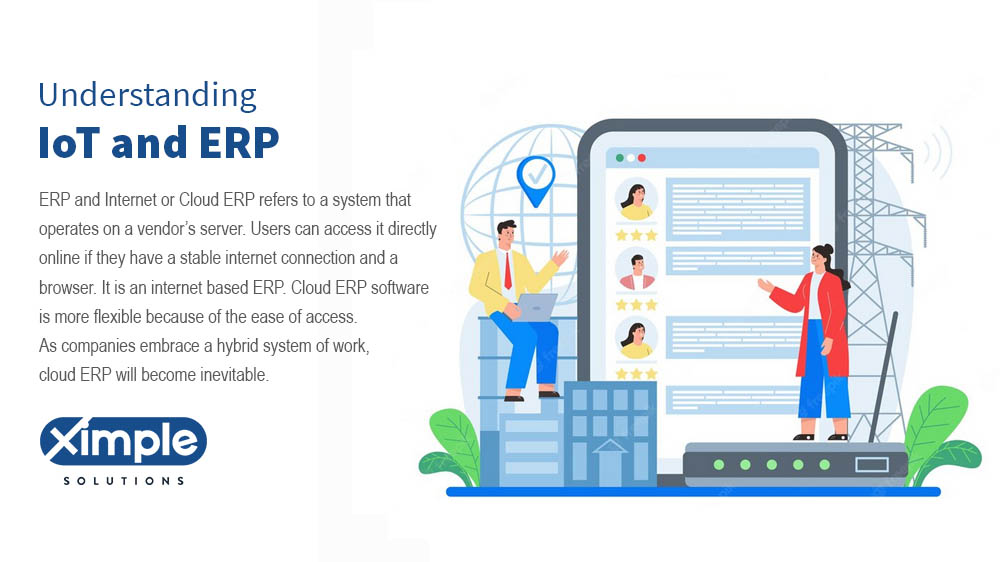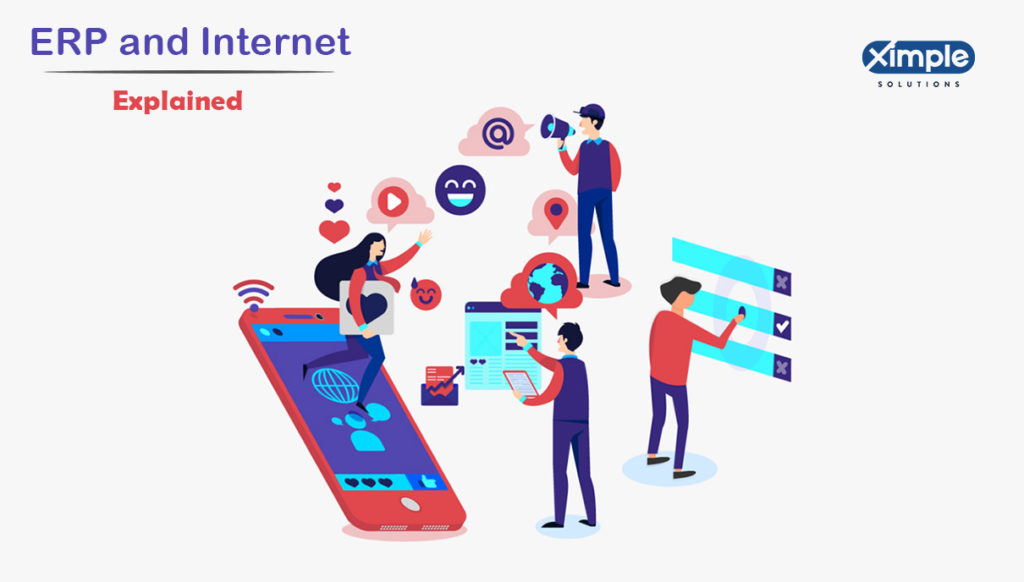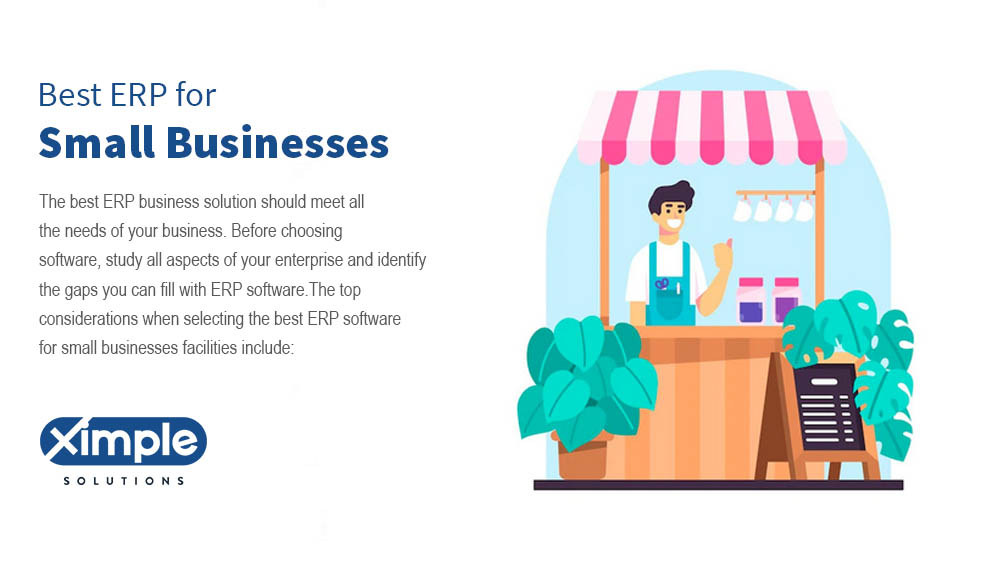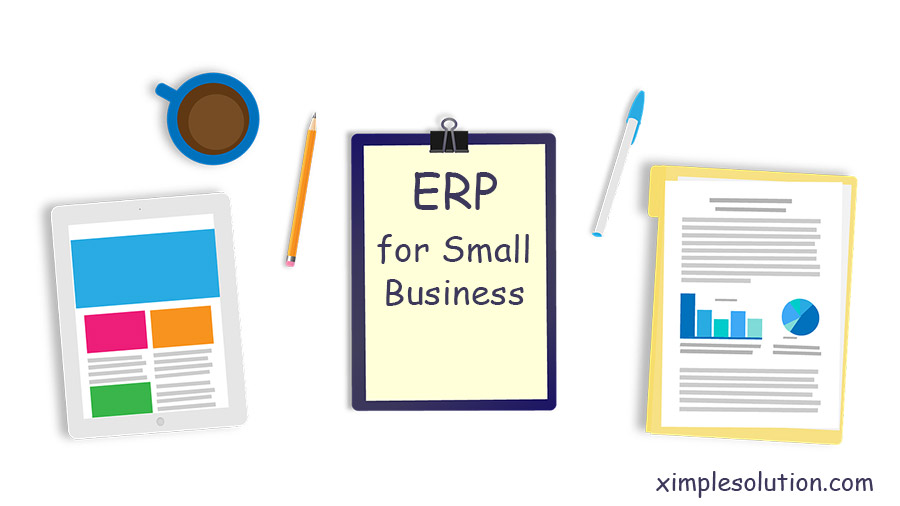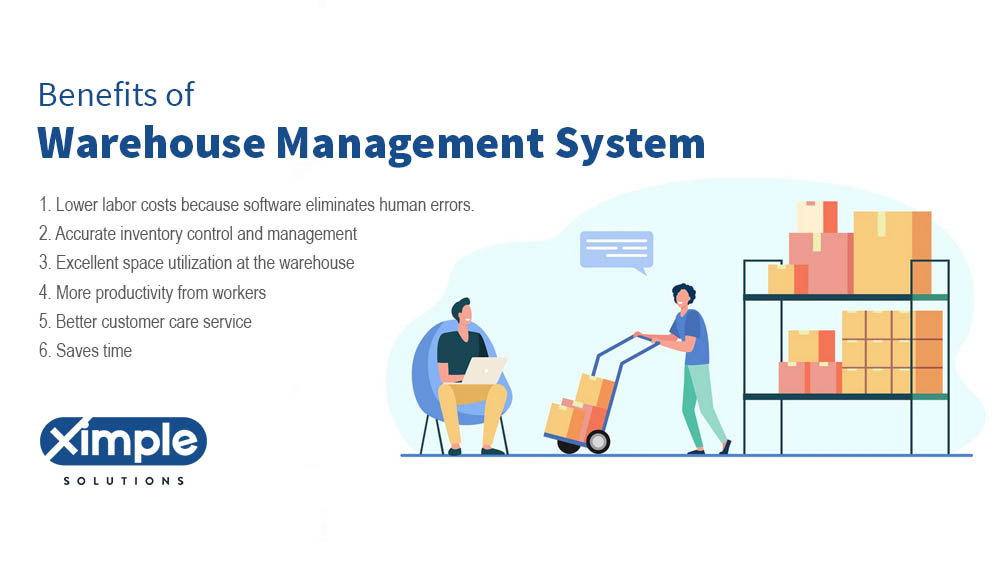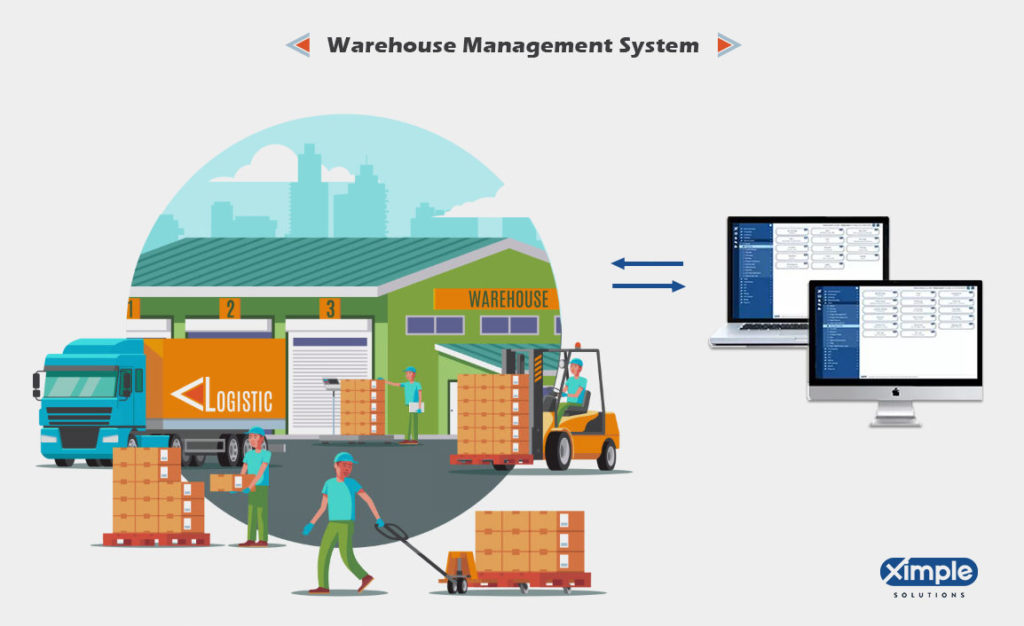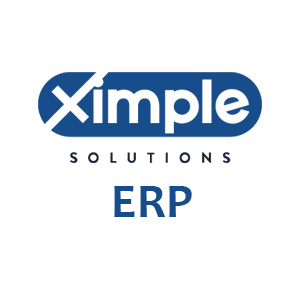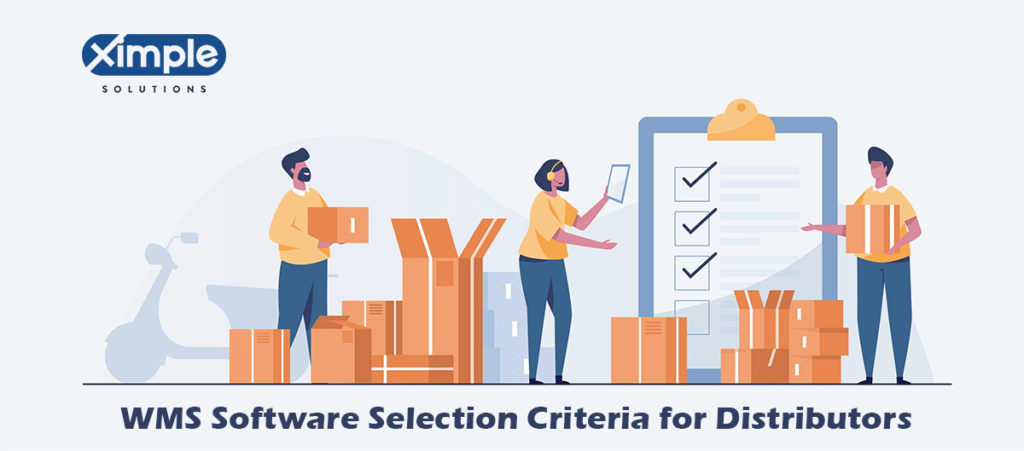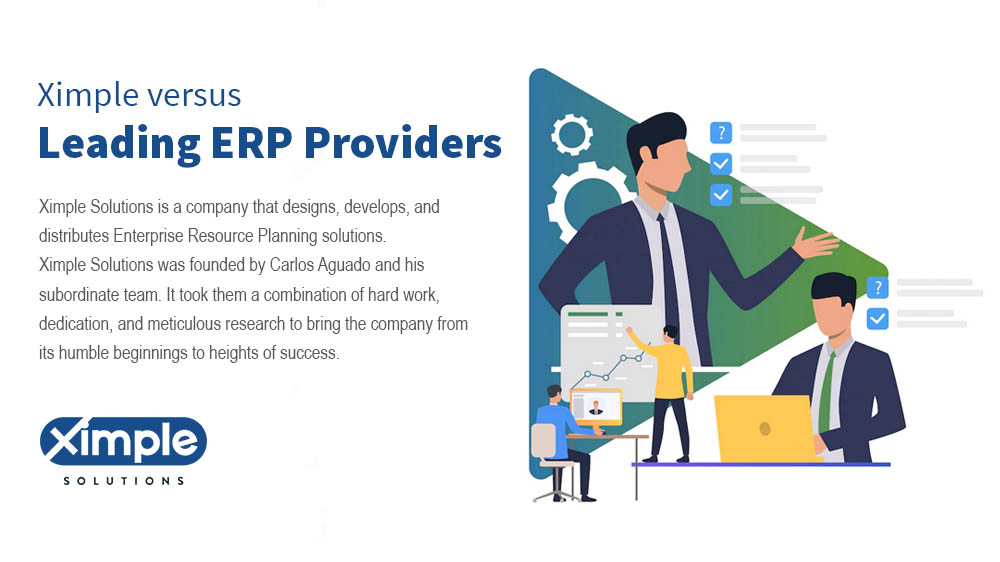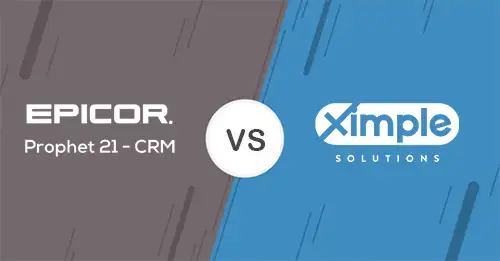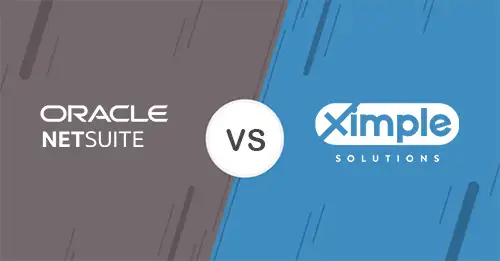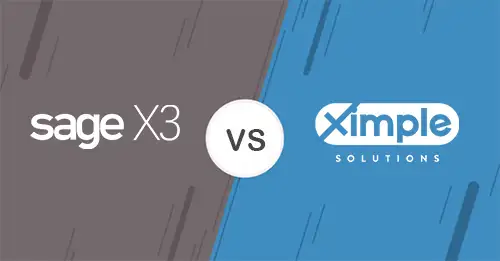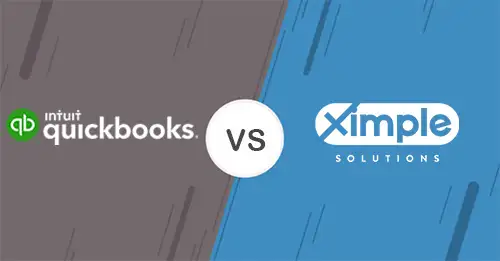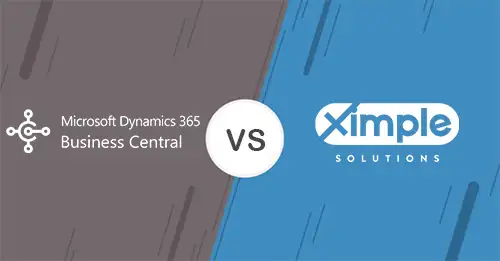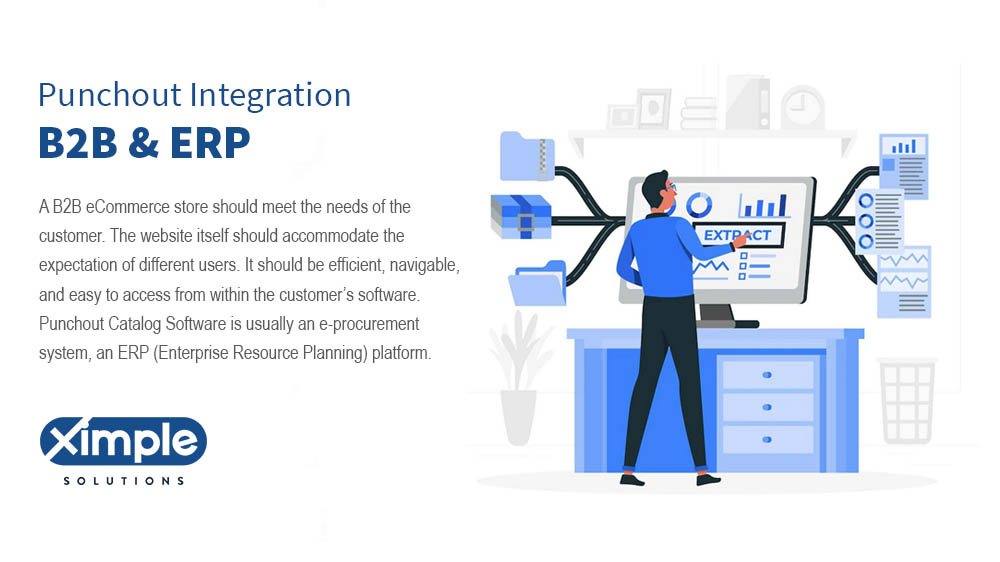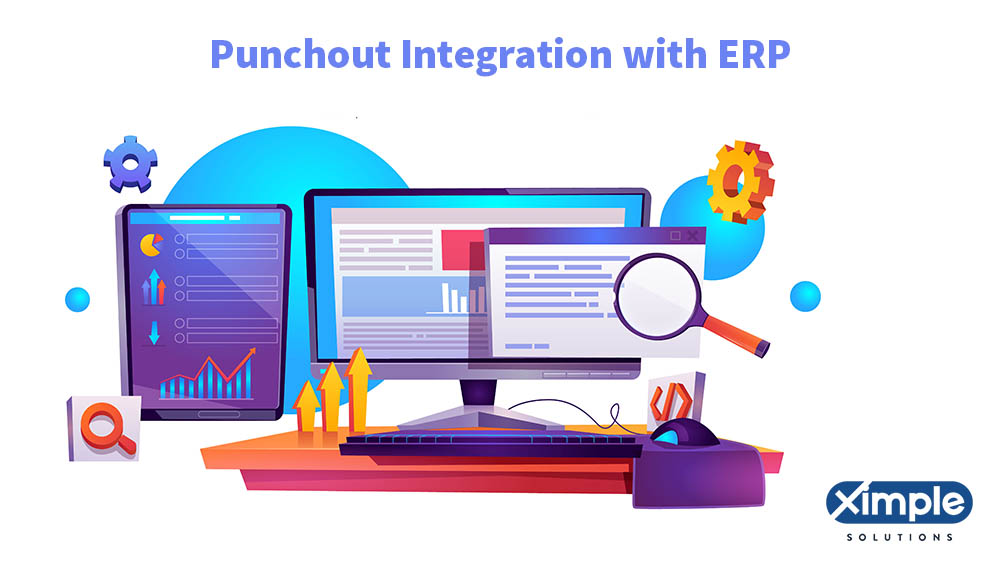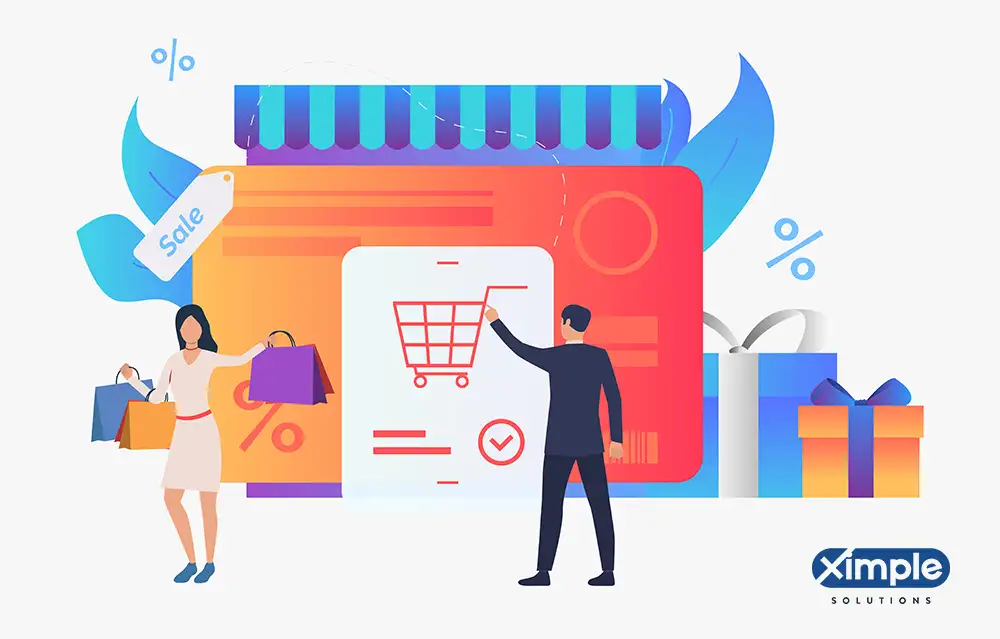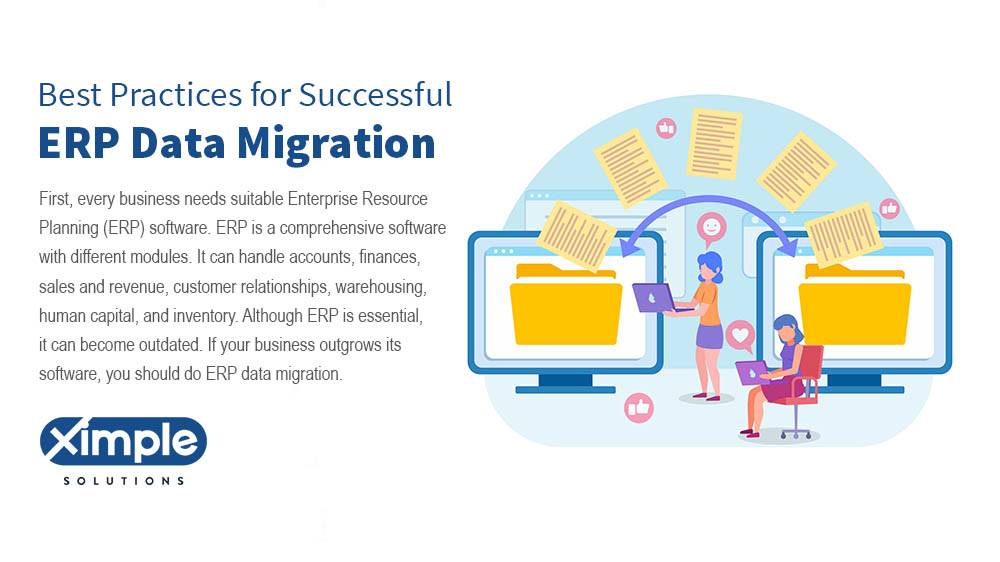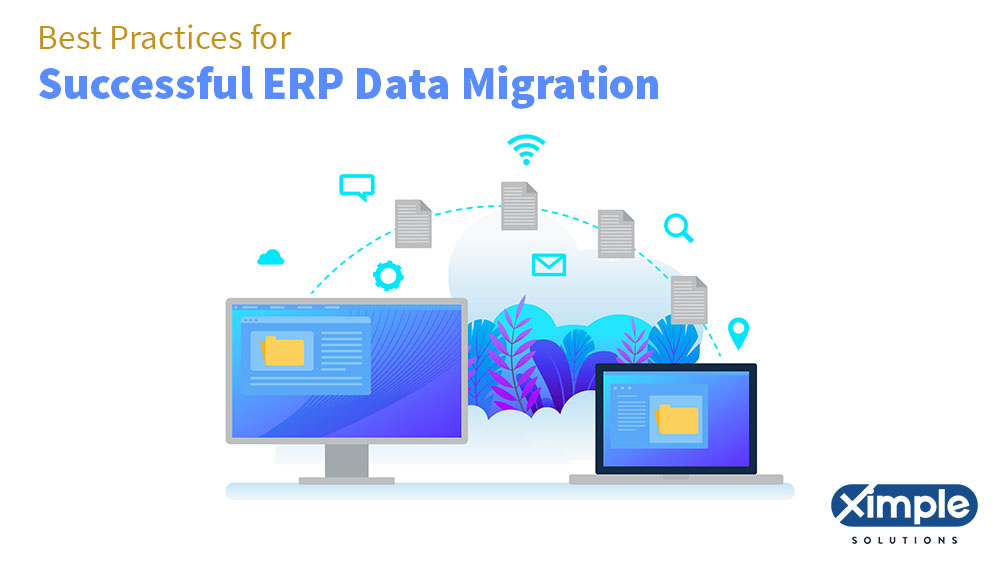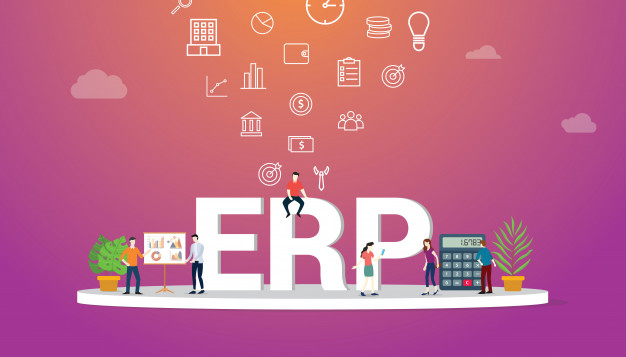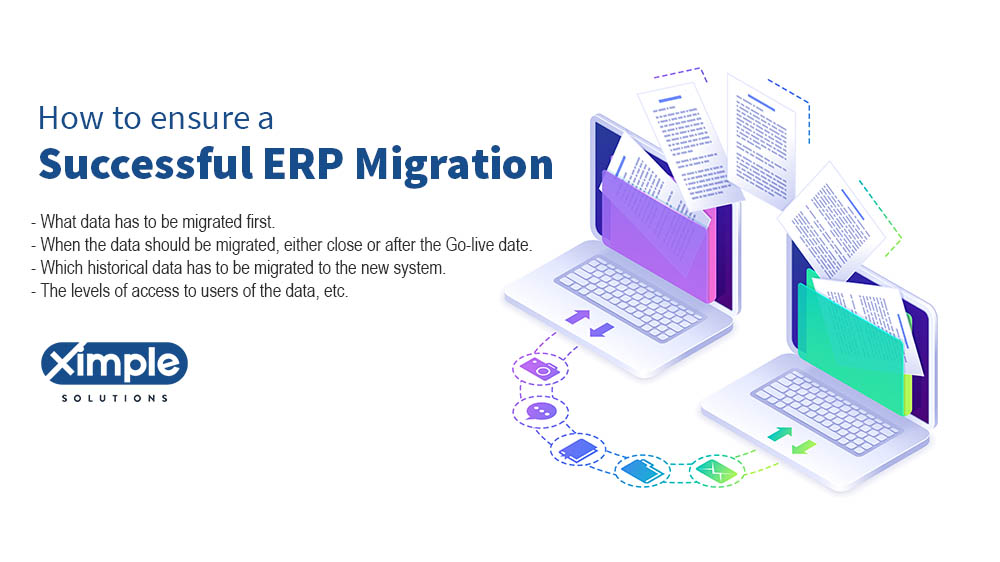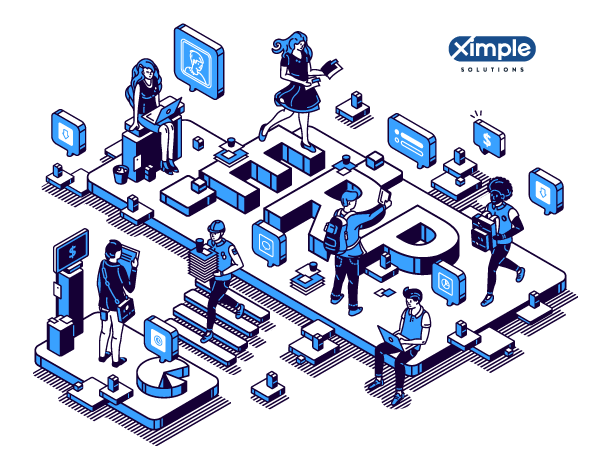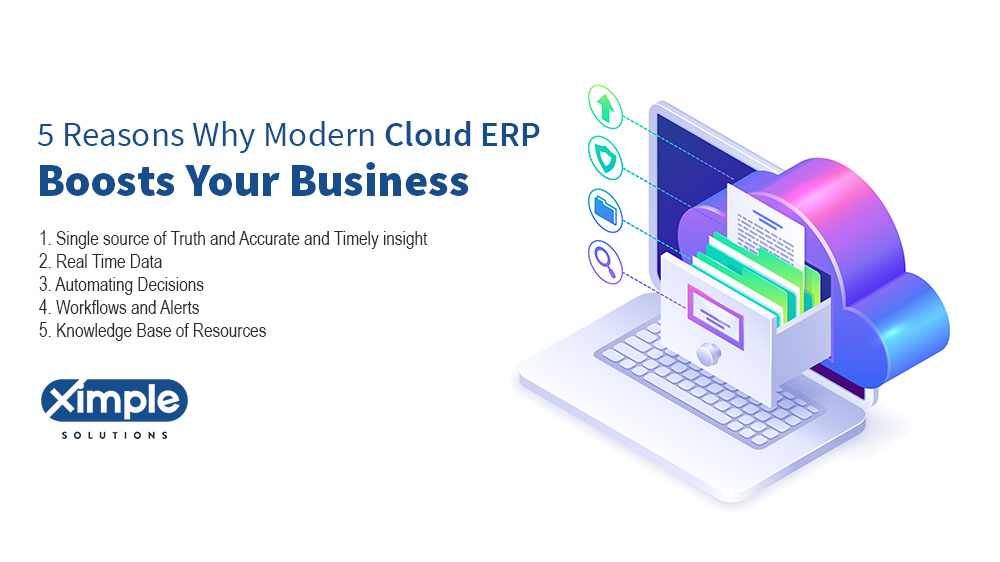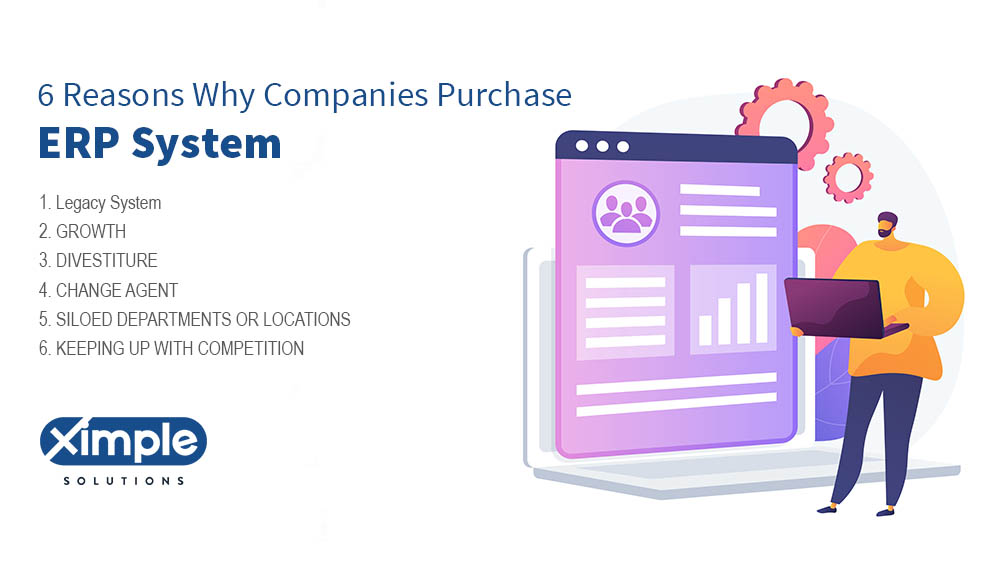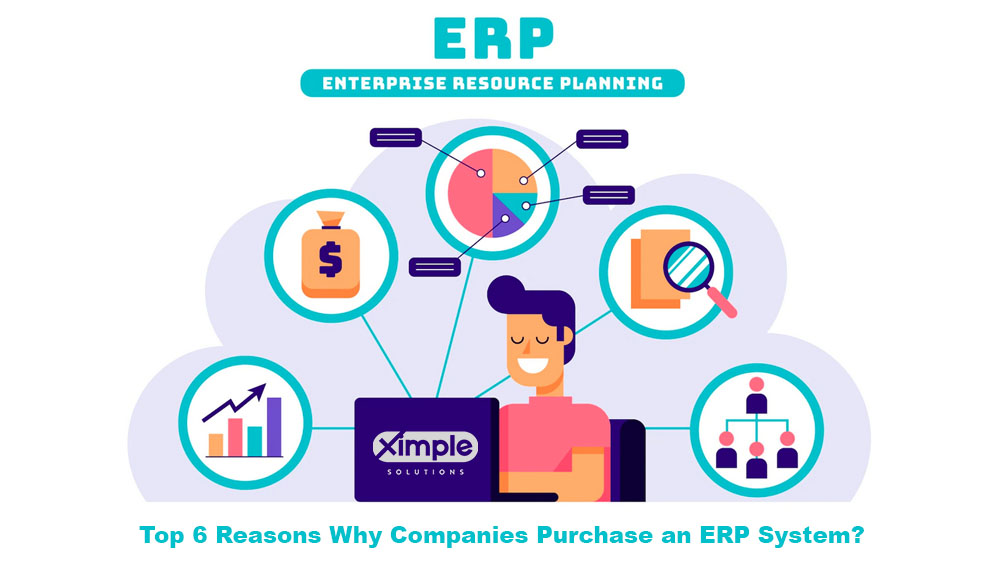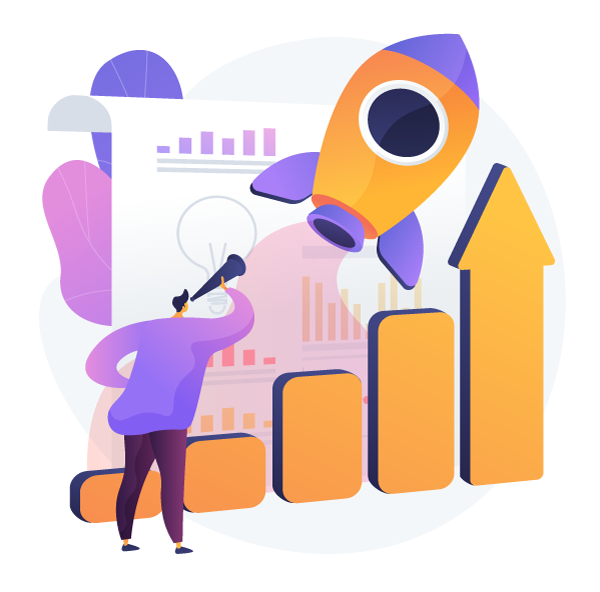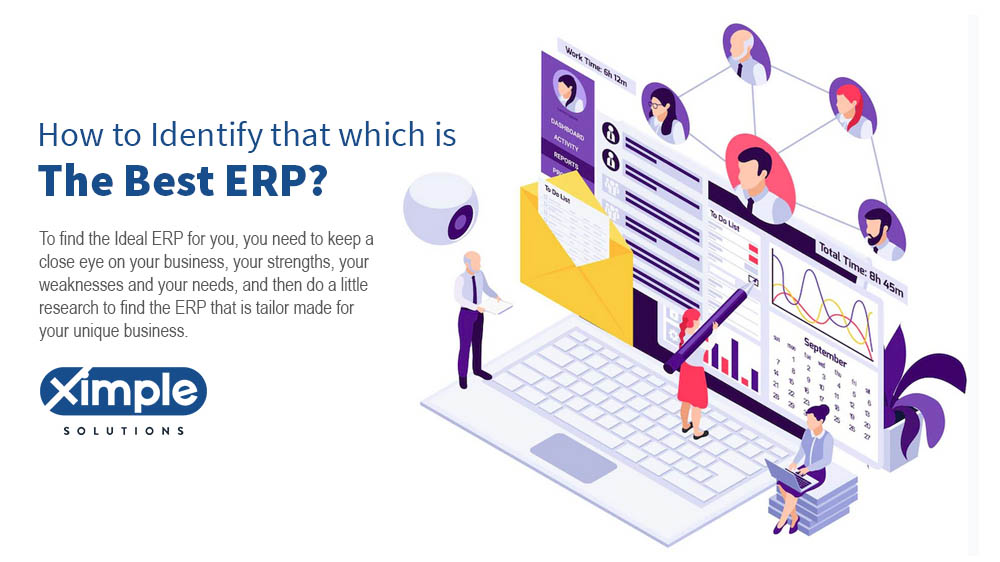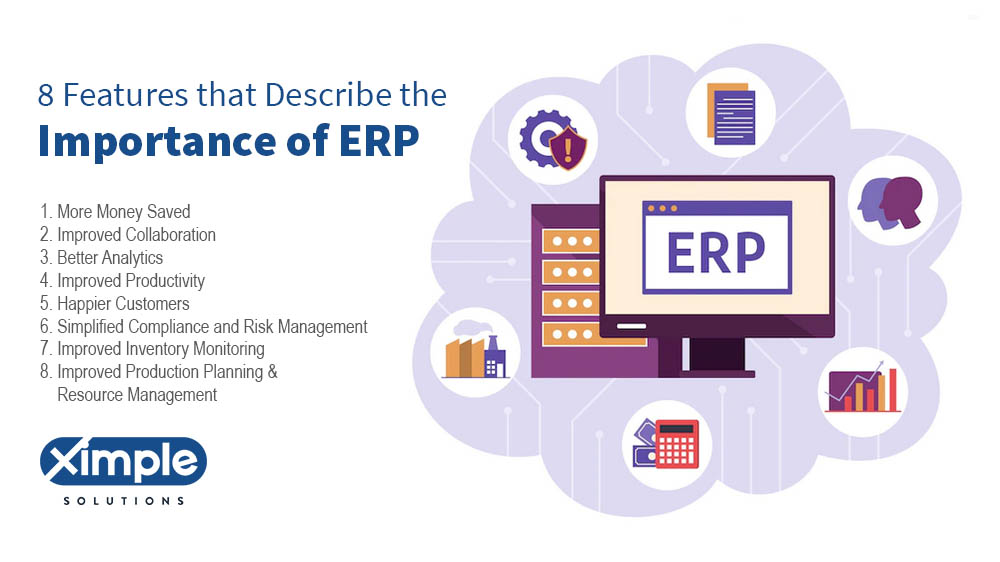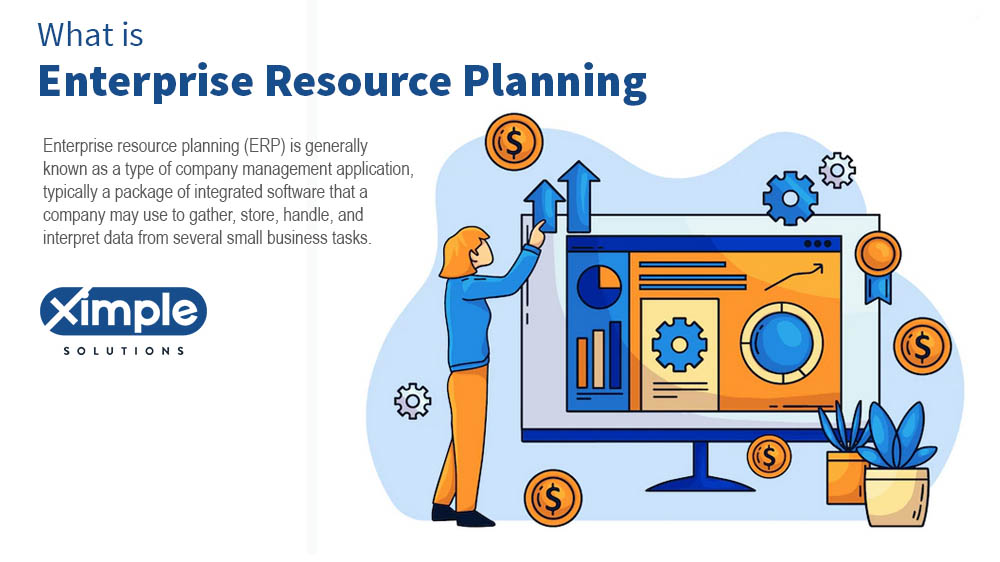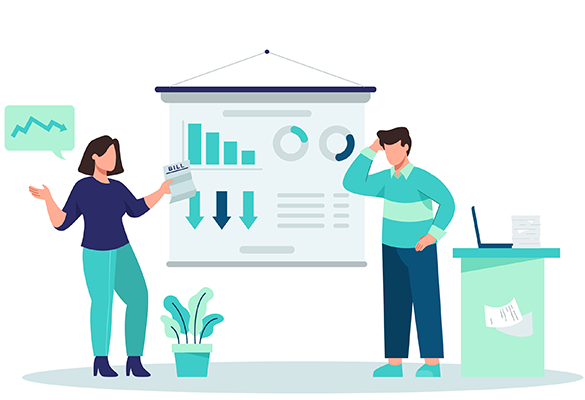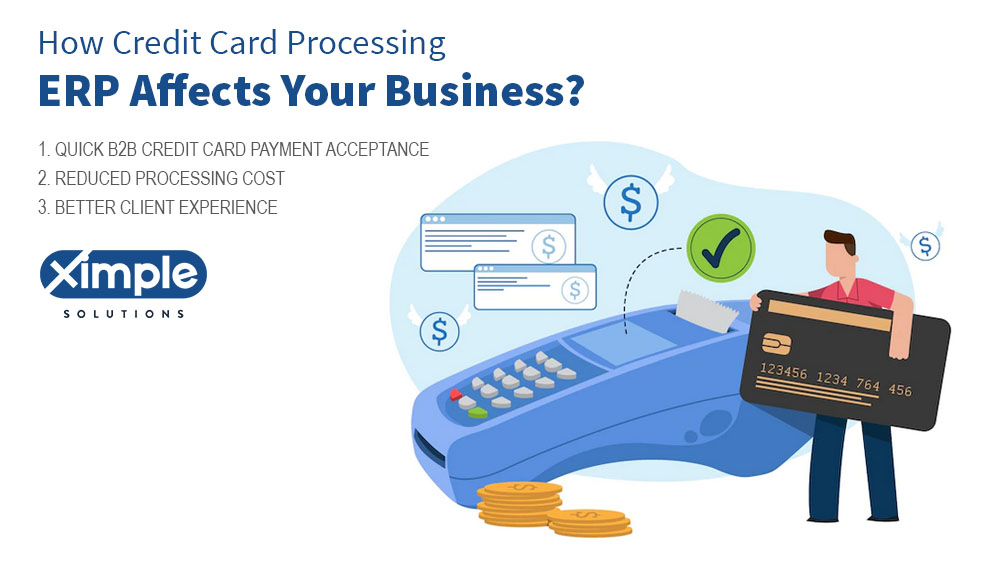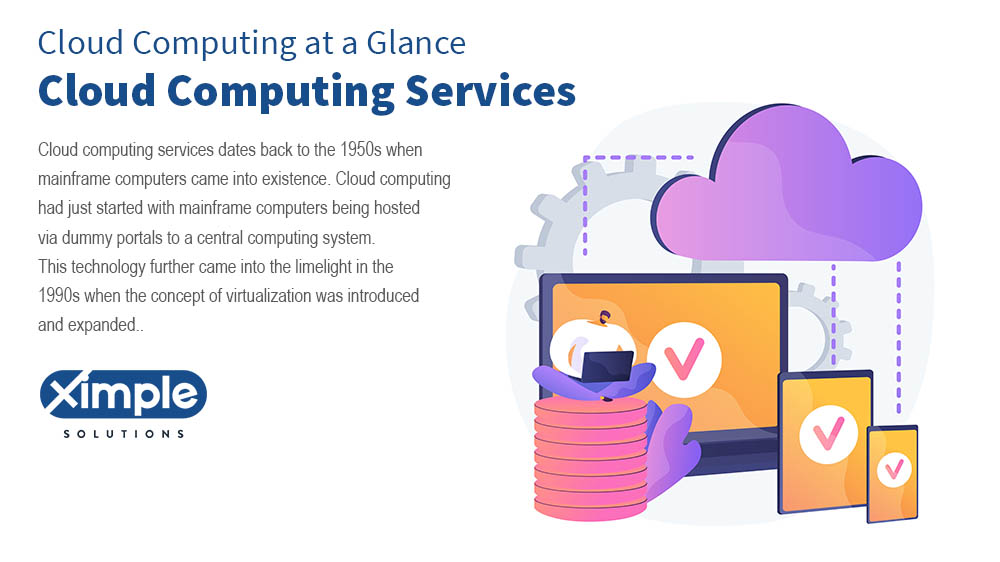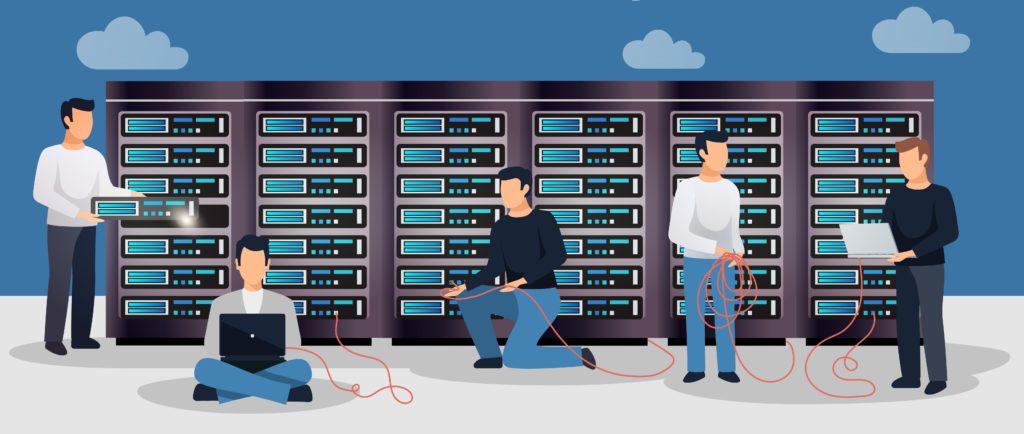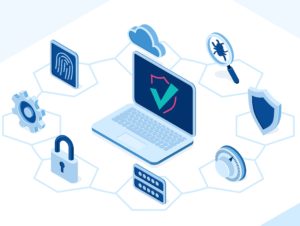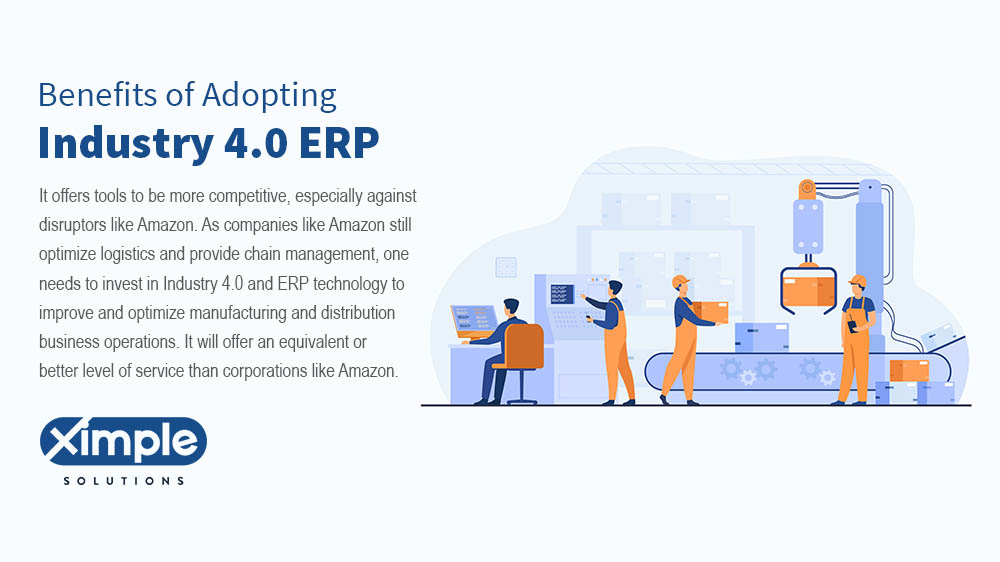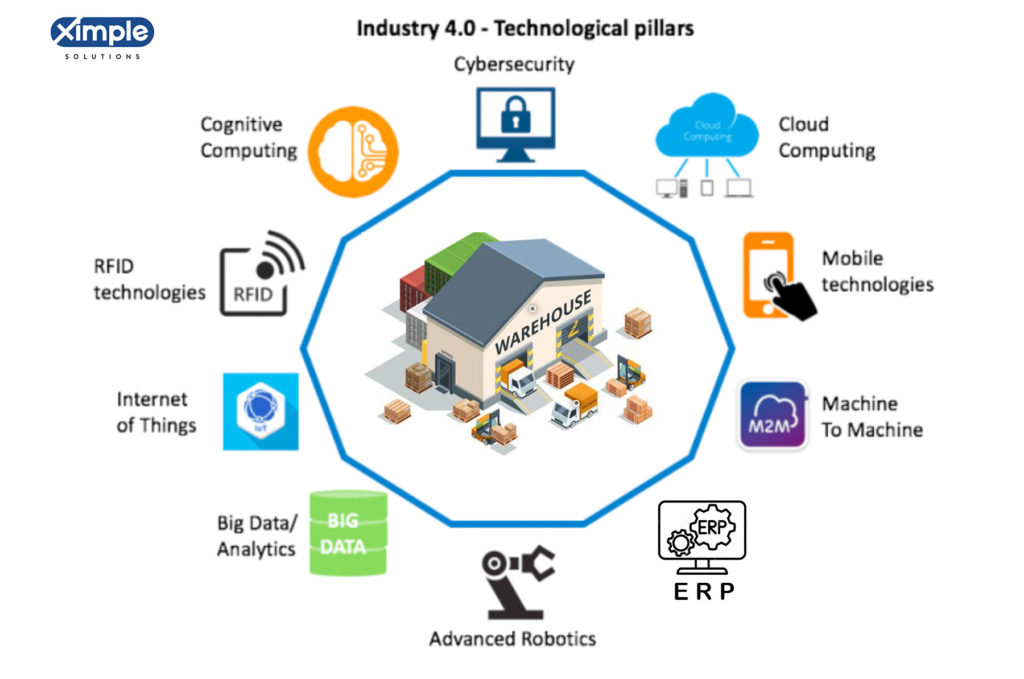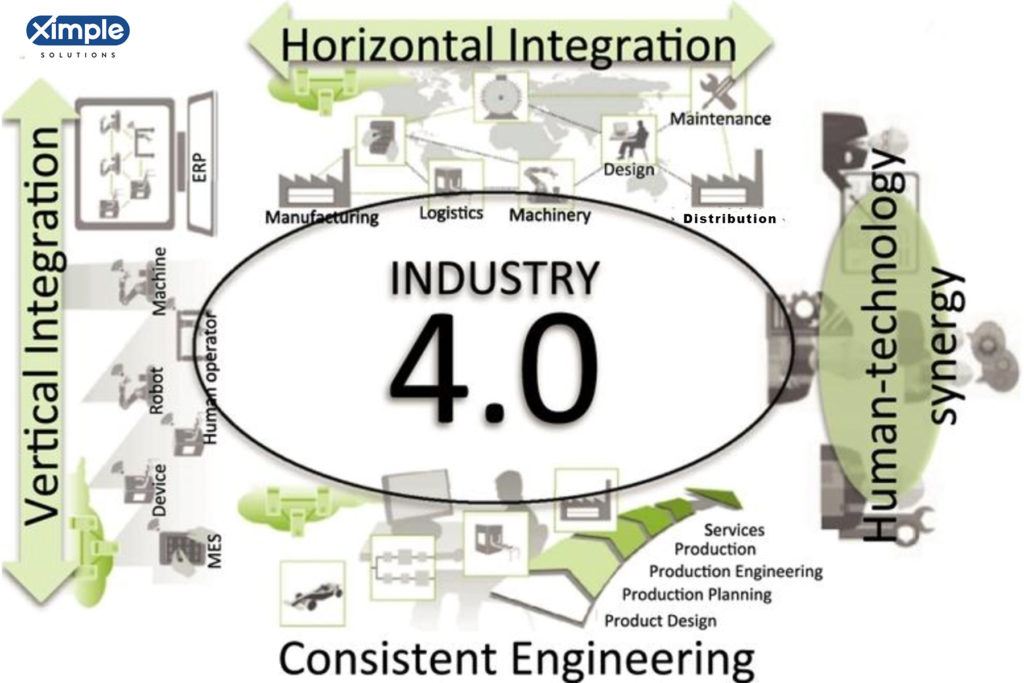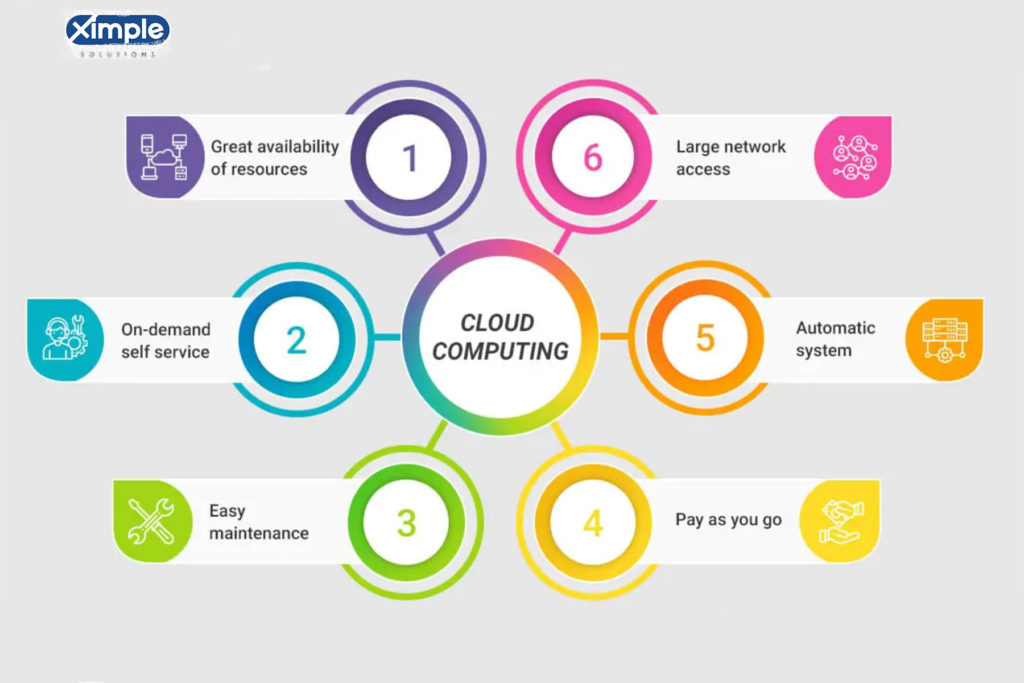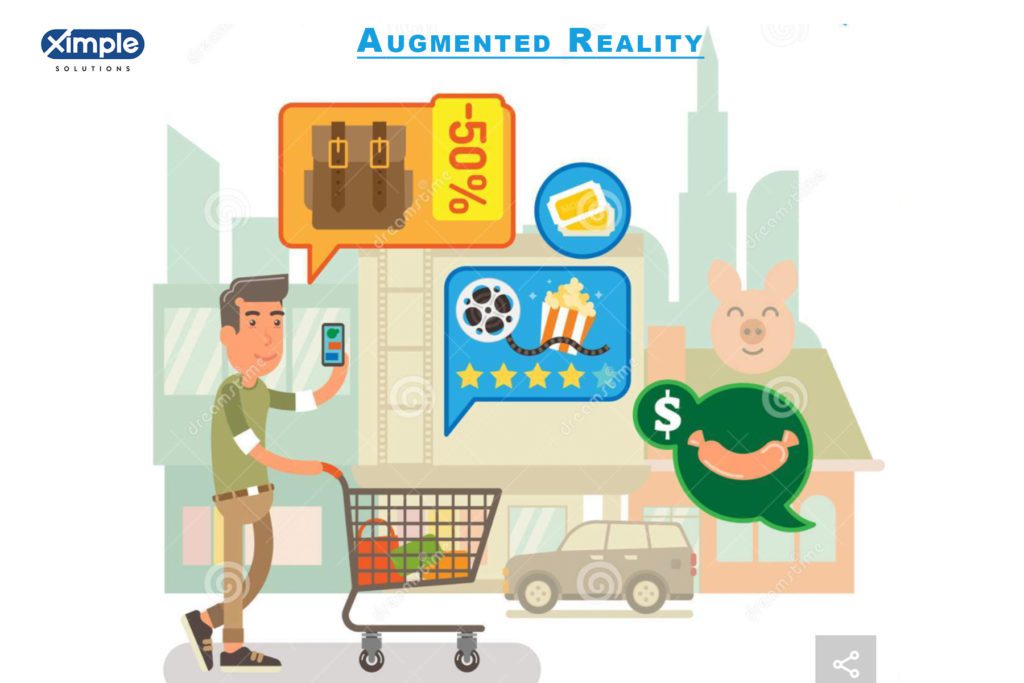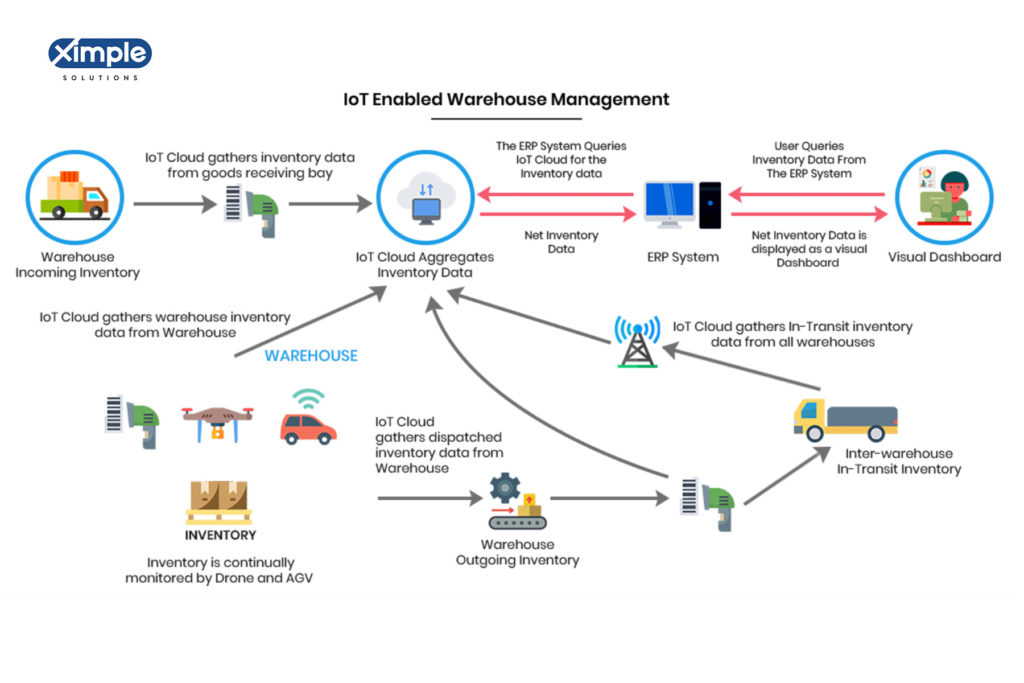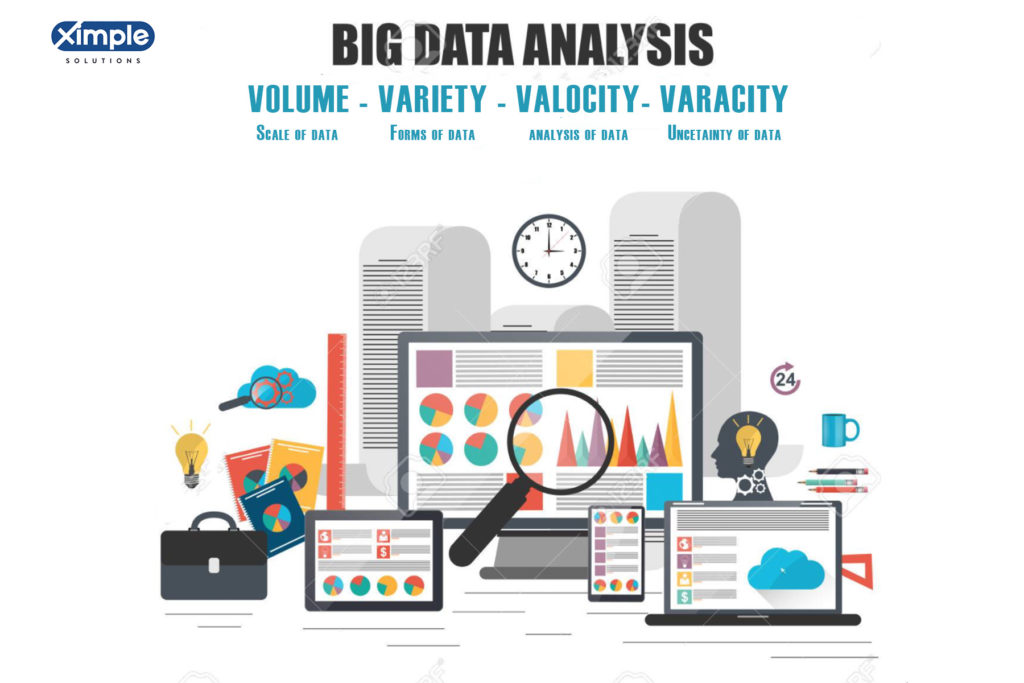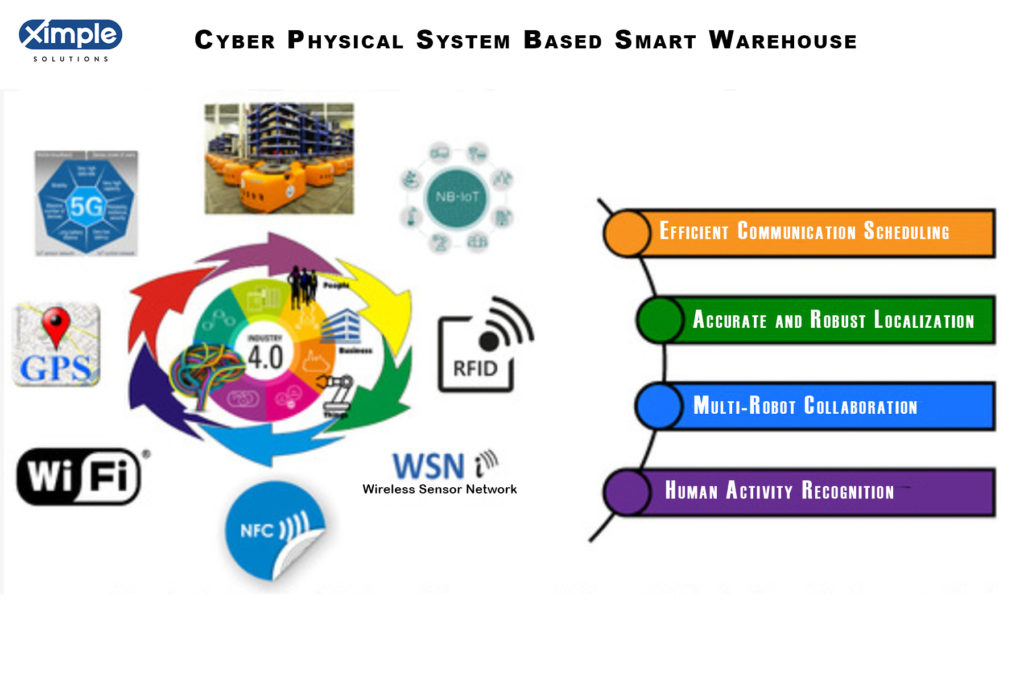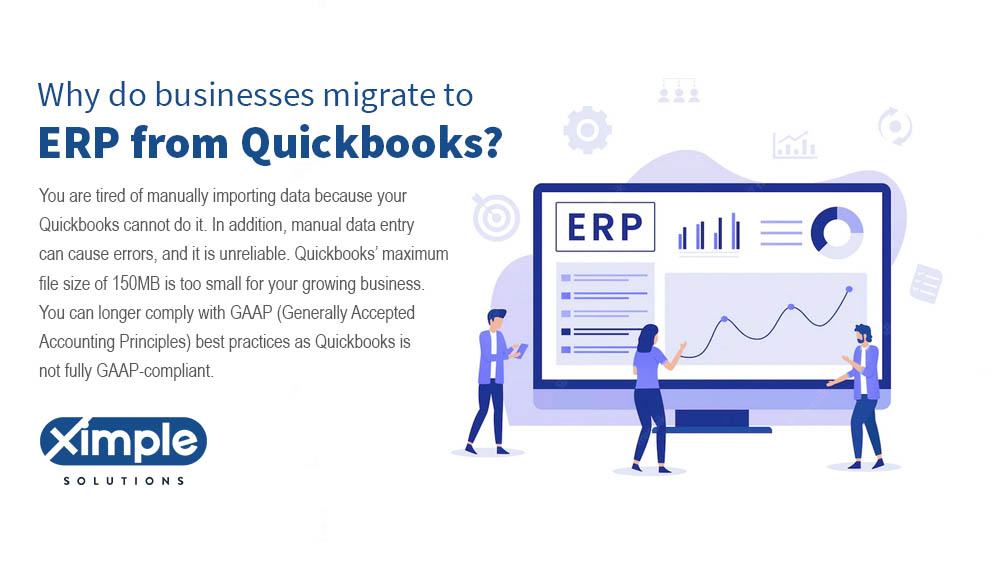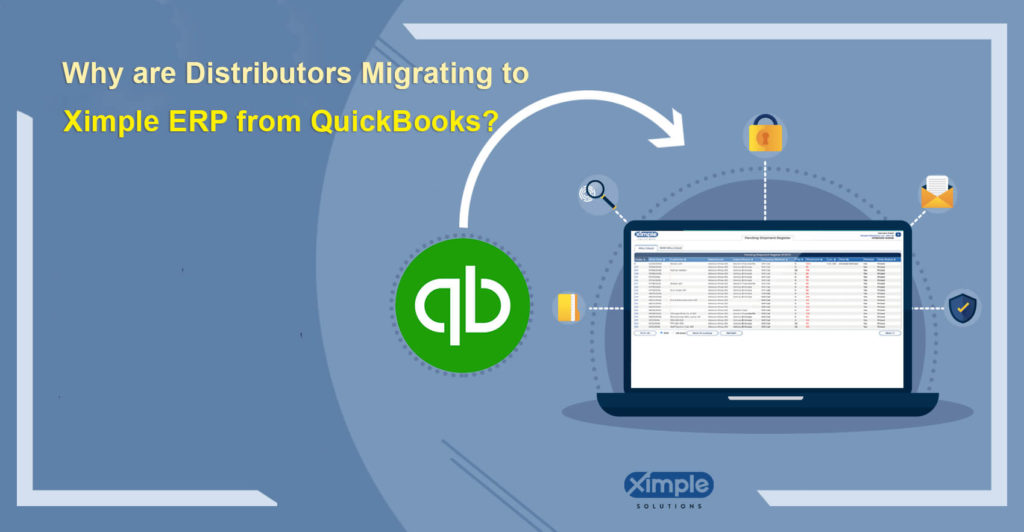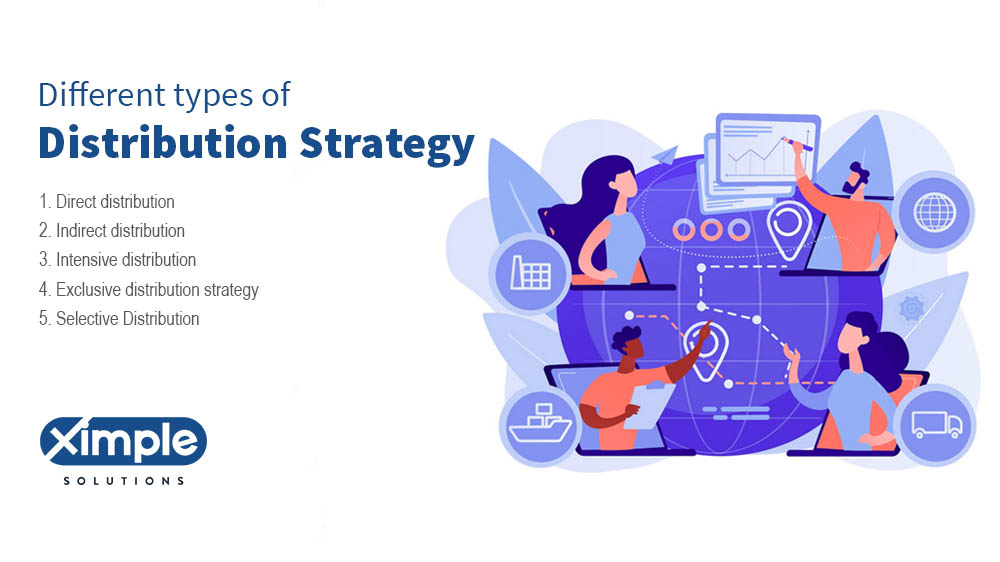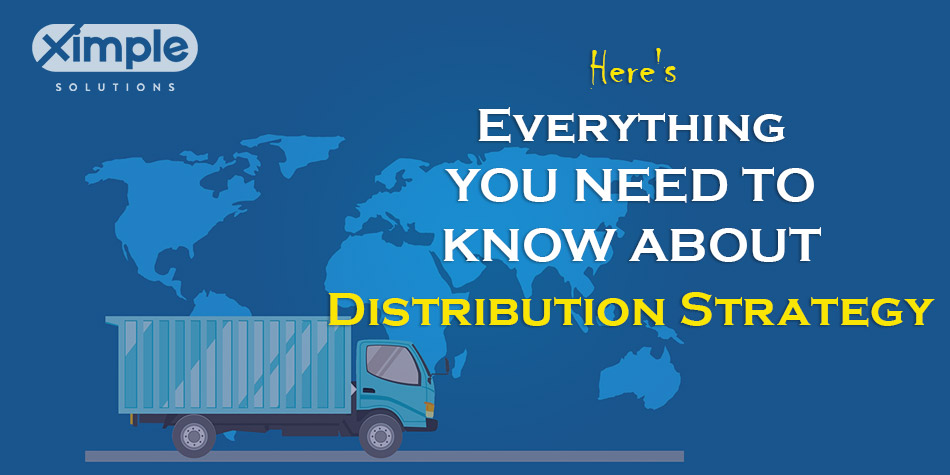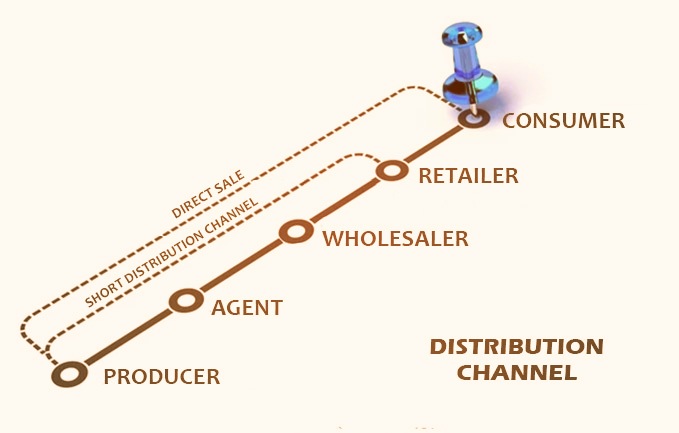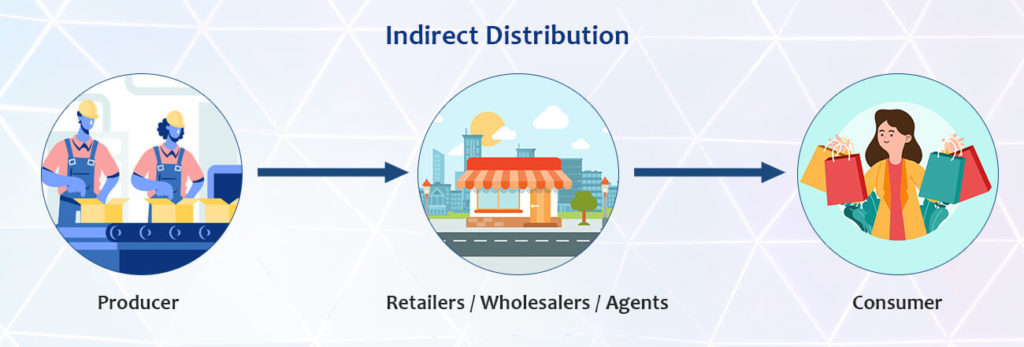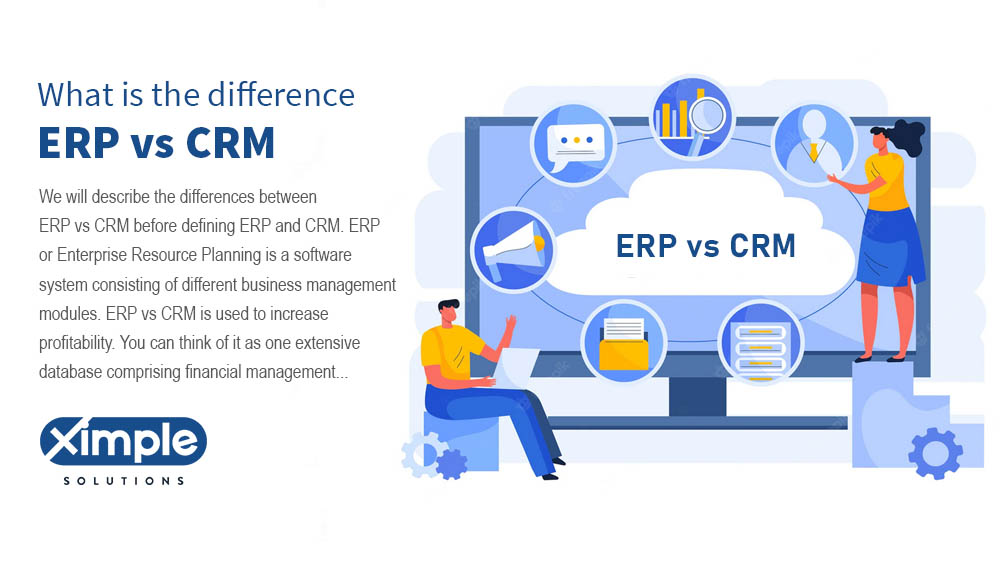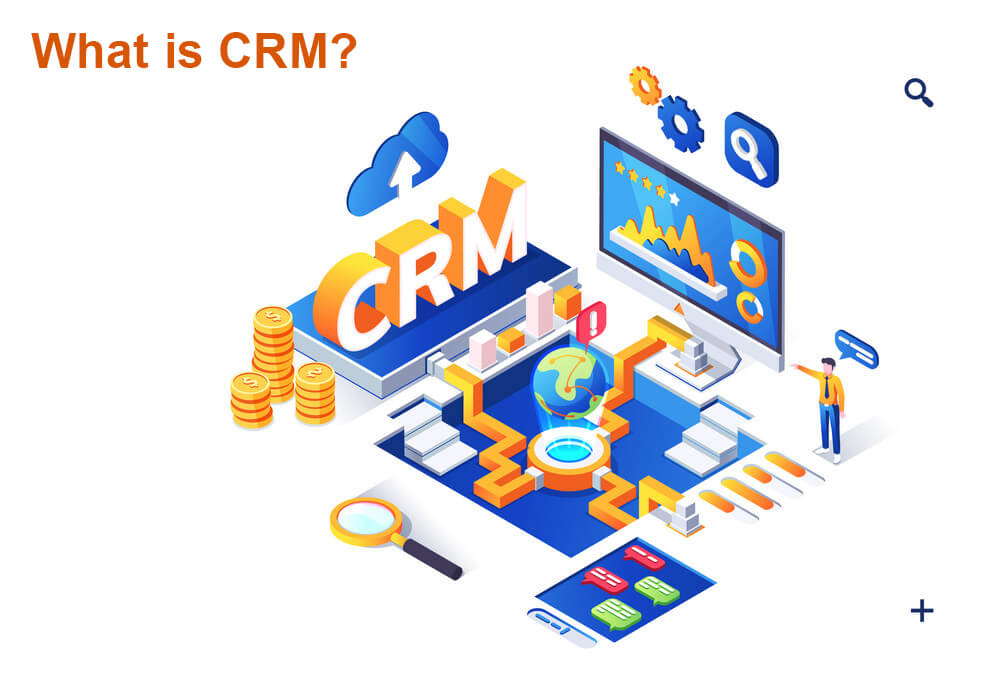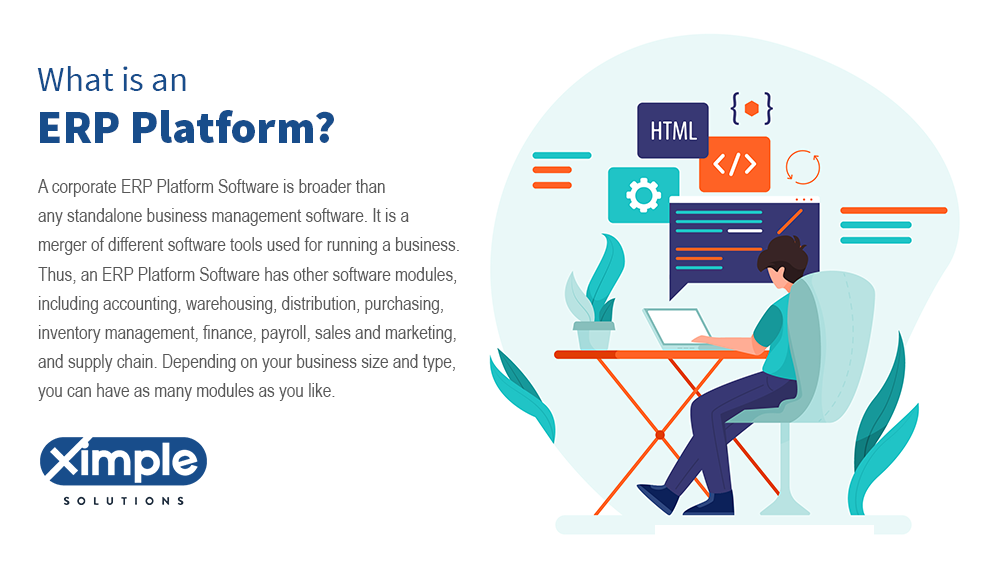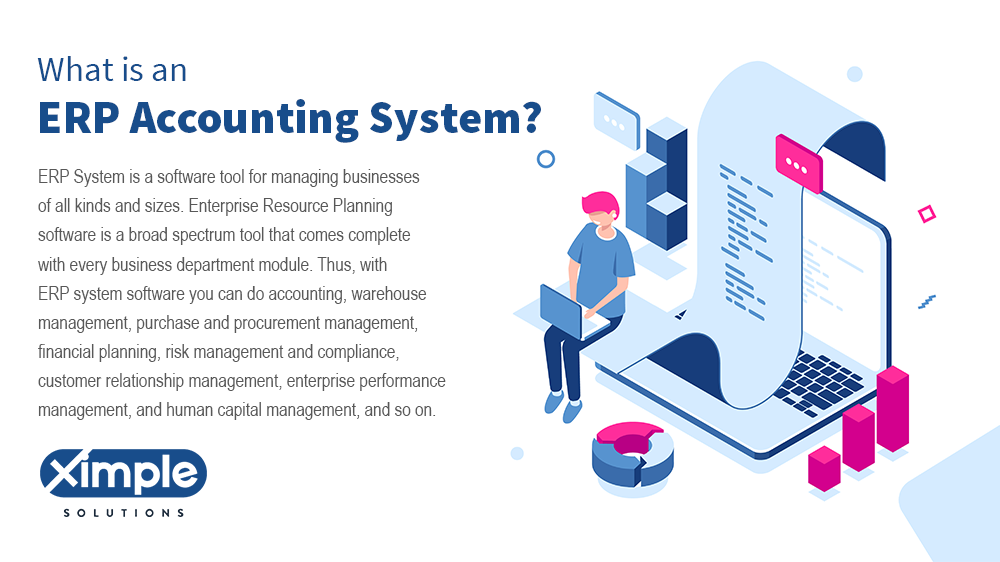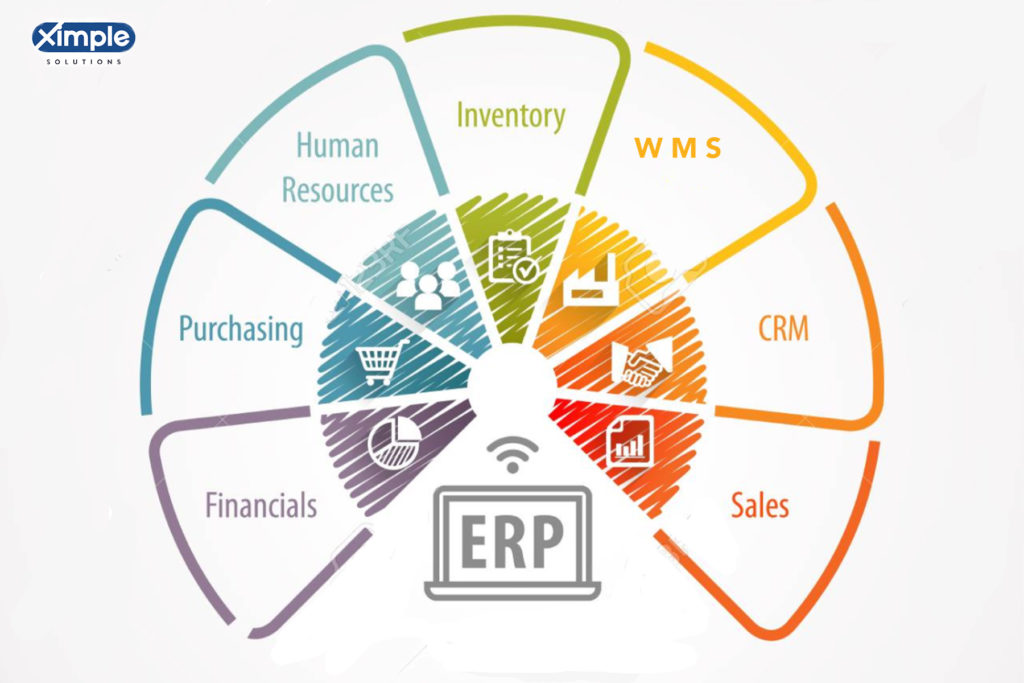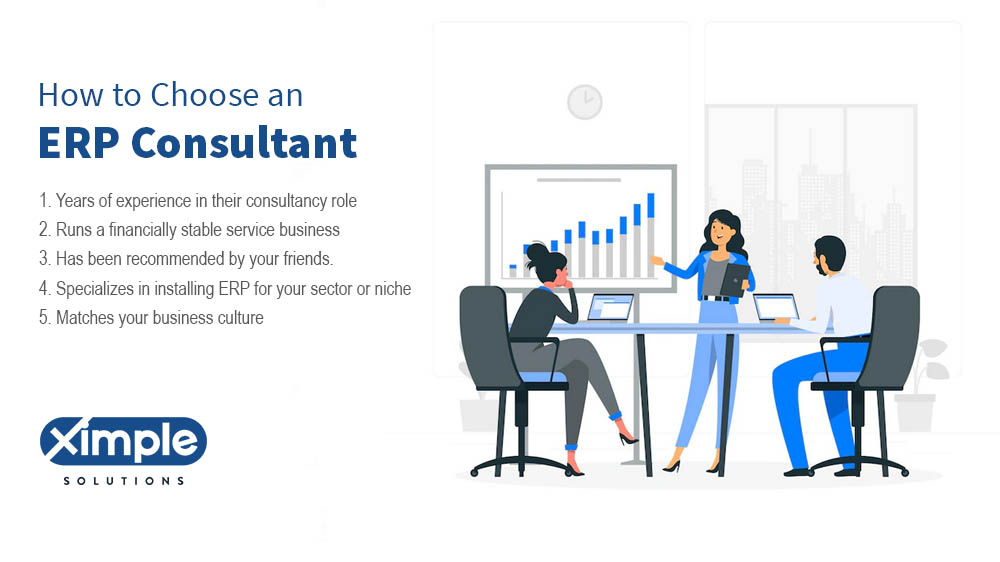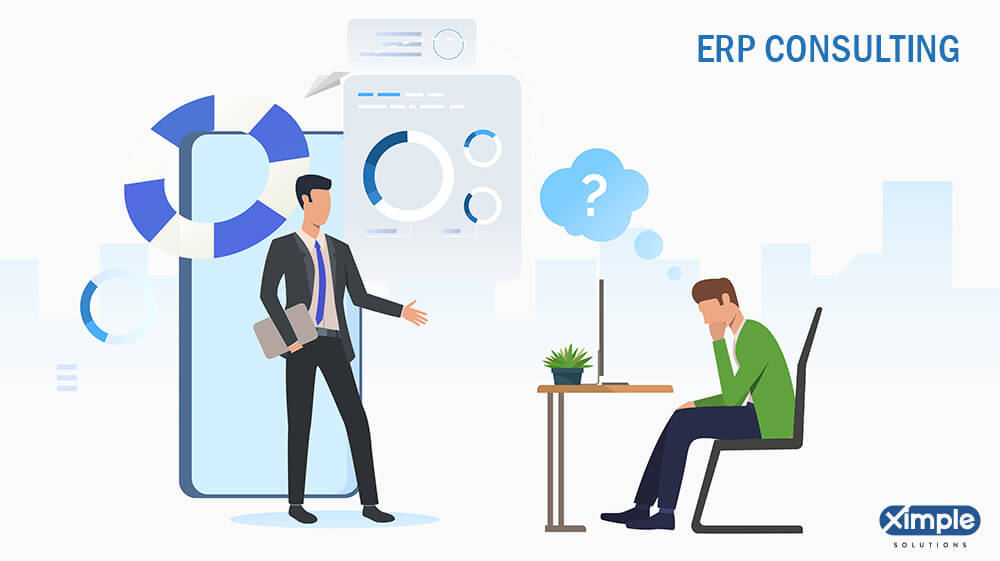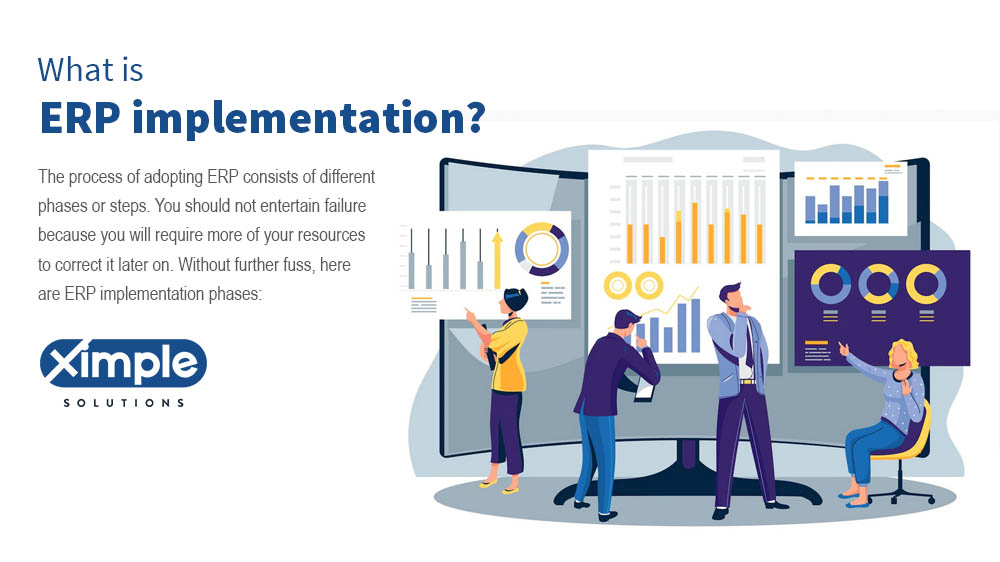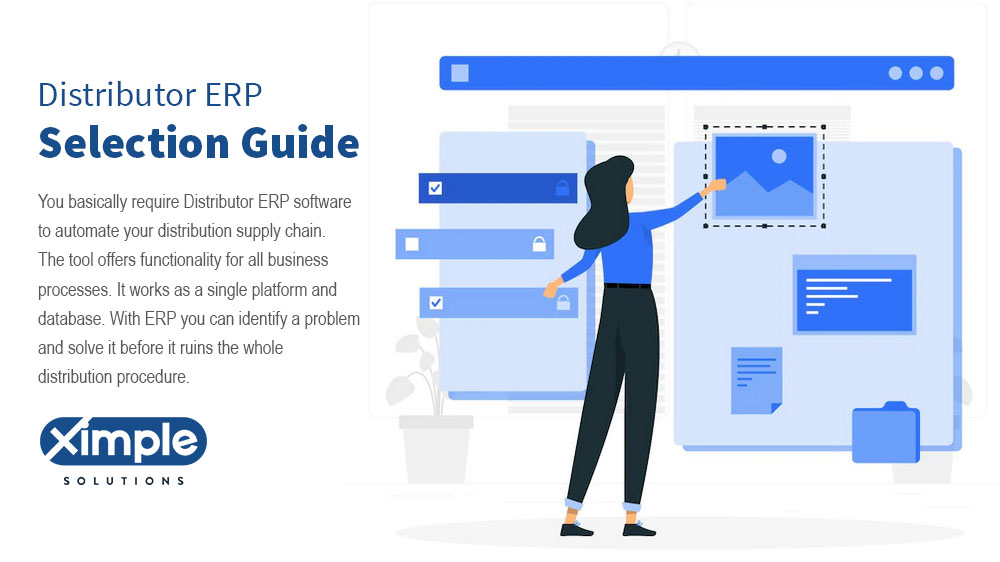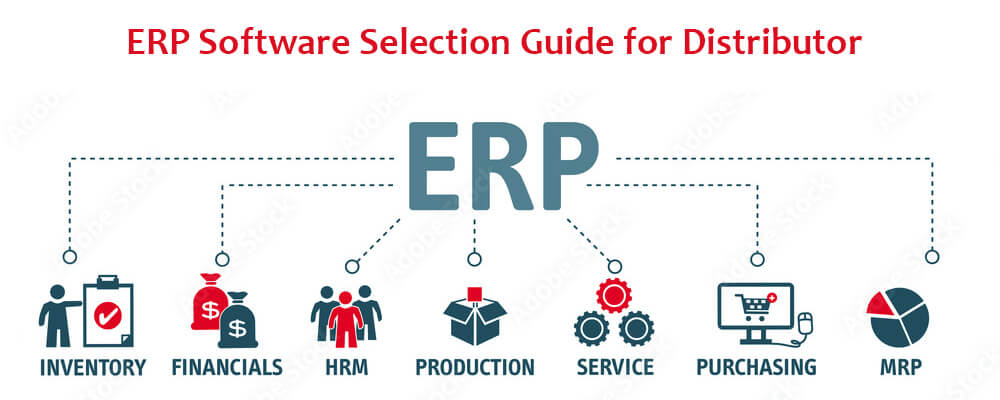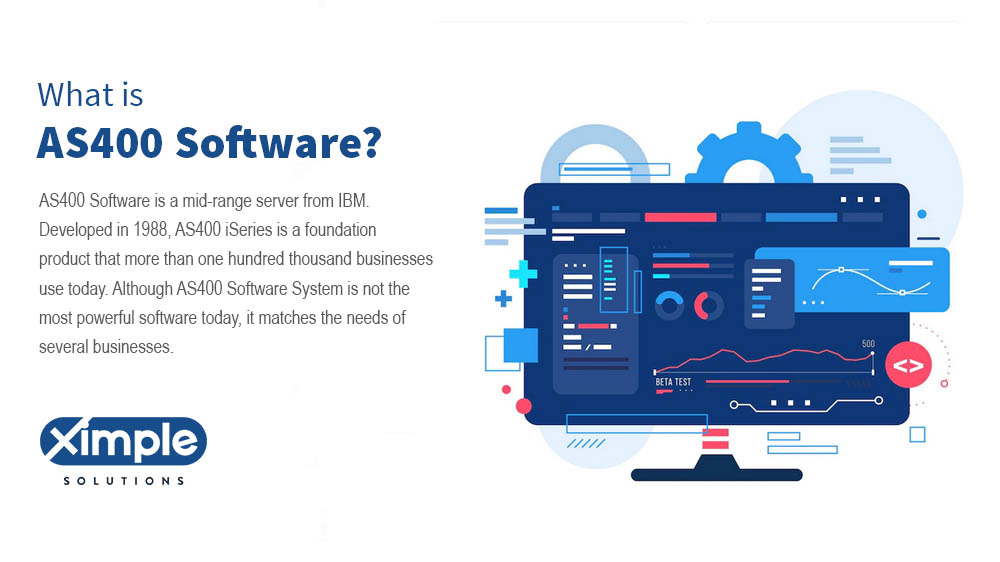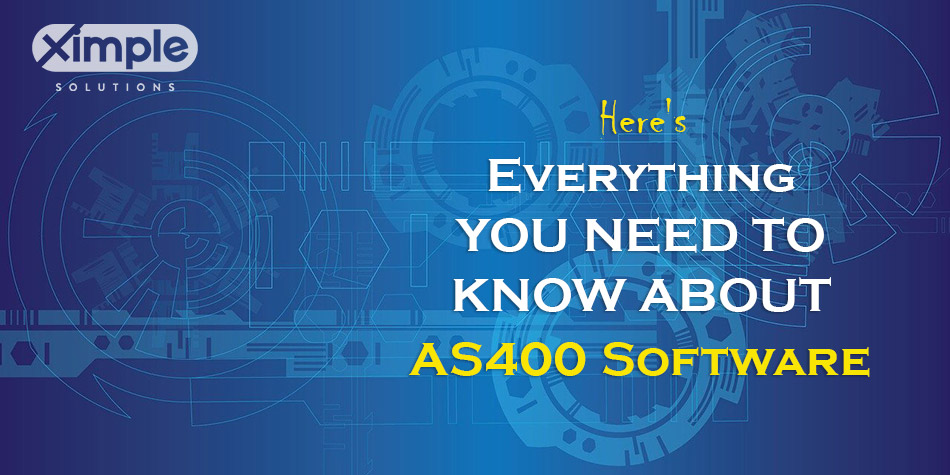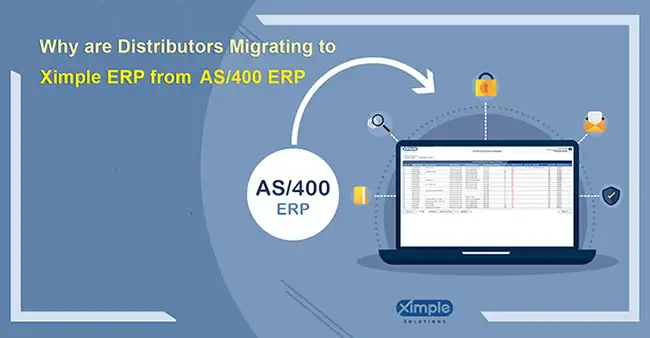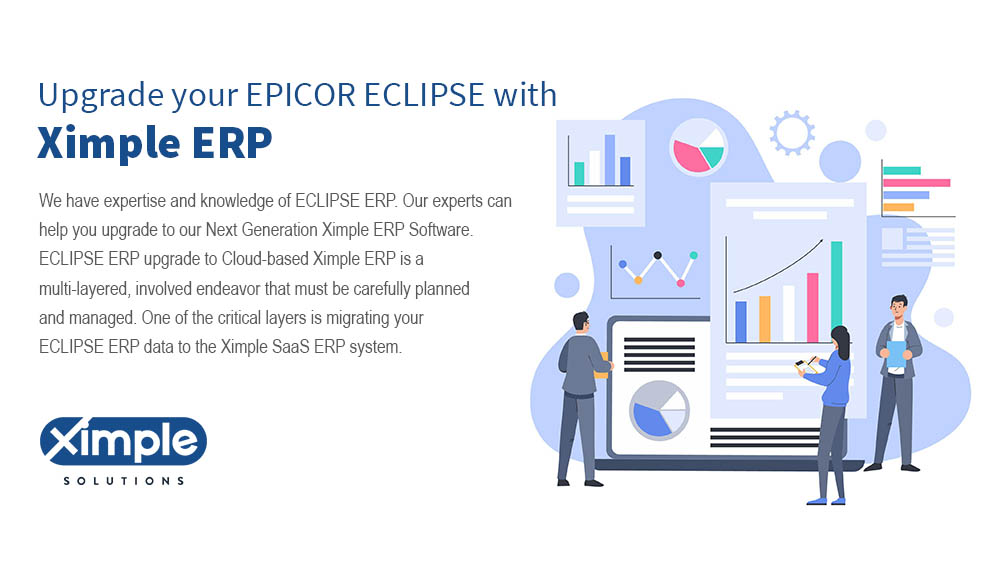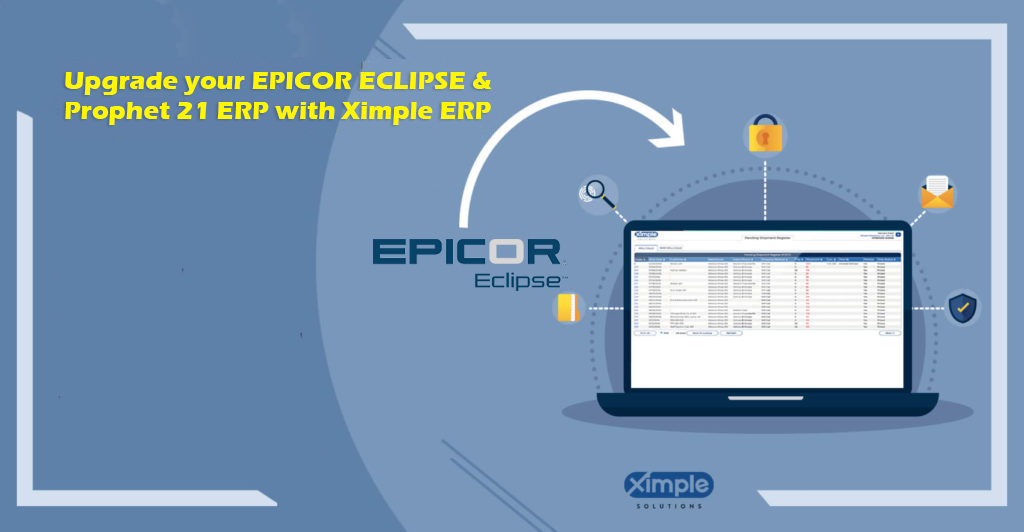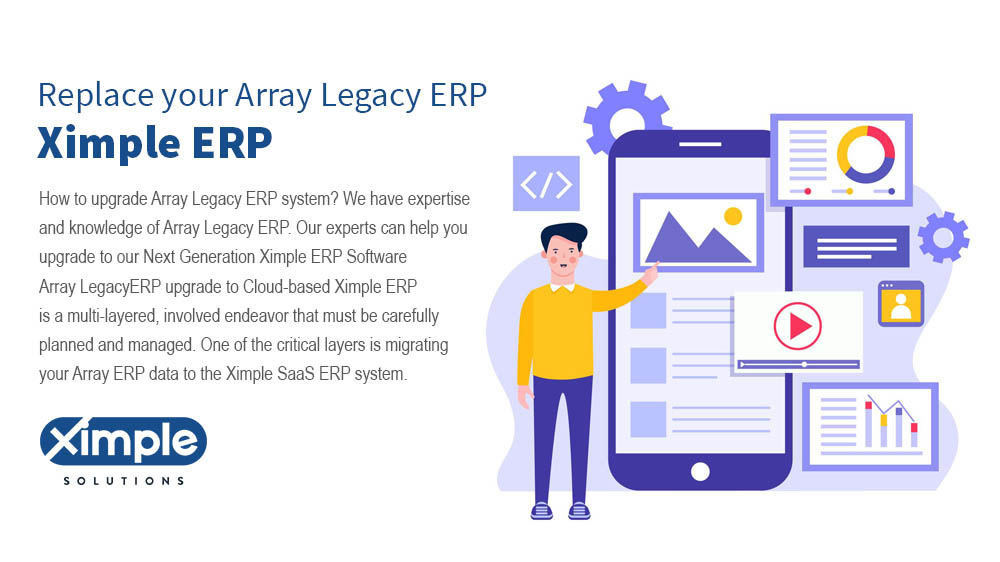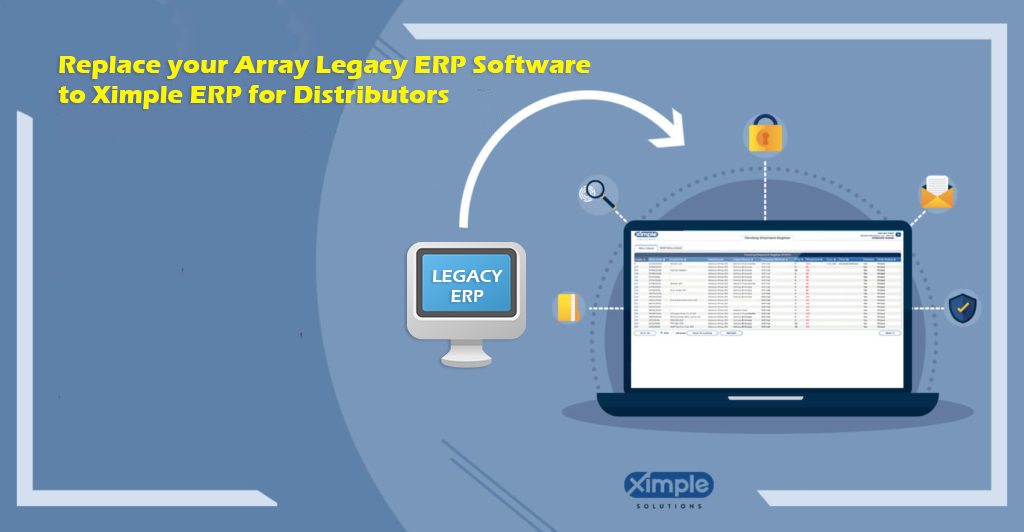Best Technologies for ERP Development | React ERP | Angular ERP
ERP is an integrated software application that standardizes and streamlines business processes to improve productivity and efficiency, improve internal and external communication, and offer easy access to information to make business decisions. It integrates business processes across all business functions, including accounting, finance, human resources, purchasing & procurement, distribution, manufacturing, warehousing, inventory management, sales, and other departments. Enterprise Resource Planning (ERP) systems operate on an integrated software platform using standard data definitions working on a single database.
Manufacturing companies designed and leveraged Enterprise Resource Planning to drive operational efficiencies. All industries, including Wholesales and Distribution Industry, Retailers, B2B and B2C eCommerce, service industries, education, hospitality, health care, financial services, and government have adapted and leveraged ERP concepts to streamline and integrate business processes to stay competitive
The initial steps to integrate business processes with technology started in the 60s with Inventory Control (IC) applications. These early applications were developed in COBOL or Fortran (Two primary computer languages).   Suppose you are designing Enterprise resource planning ERP or exploring the Next Generation of ERP. In that case, please explore Angular & React for frontend ERP technologies, API, and Microservices as middleware for easy integration with in-housed build solutions, cloud and Hybrid systems, and Java as backend. Regarding Databases, one has many options from MS SQL, MySQL, IBM DB2, ORACLE SQL, Postgre SQL, etc.
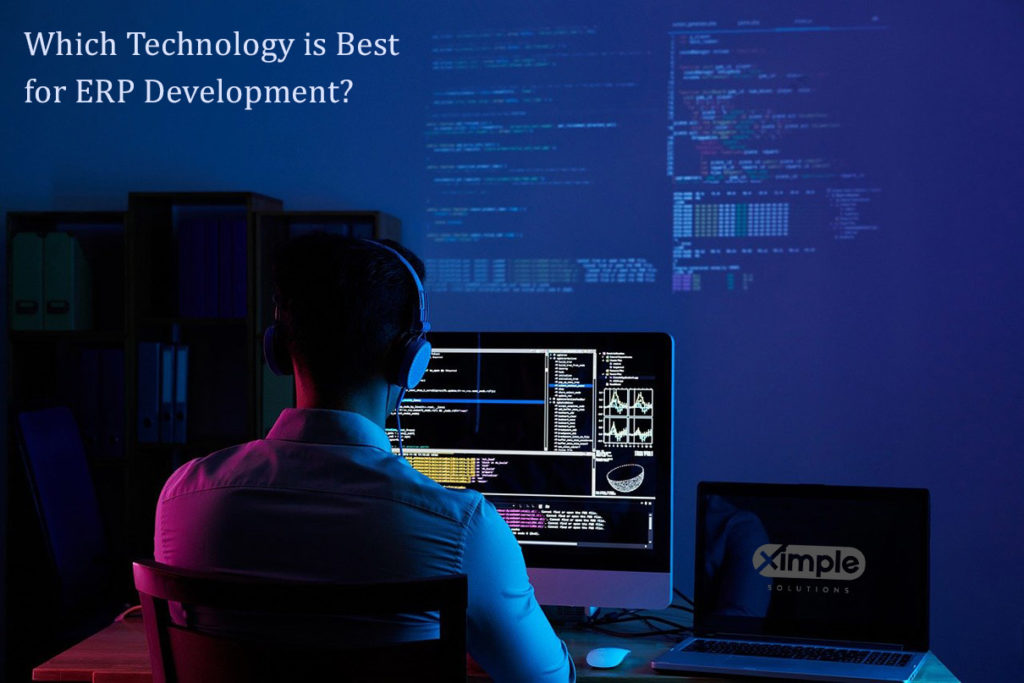
Table of Contents
- What is Angular & React Technologies for ERP?
- Similarities and Differences Angular vs. React in ERP Development
- Benefits of Angular Technology for ERP System
- What’s the API framework? What are Micro-services?
- What are best framework for ERP in Java?
- ERP Framework: J2EE vs. Spring
- Benefits of J2EE Framework
- Foundation for future
- Risk-Free Technology for Next Generation ERP- Angular, APIs, Microservices, and J2EE
- Conclusion
What are Angular & React Technologies for ERP?Â
Angular or Angular 2.0 is an open-source JavaScript framework that emerged in September 2016. The Angular Team from Google and the Angular developer community run the framework. Angular software architecture is for doing web and mobile development. It is an amendment of Angular 1.0 or AngularJS that launched in 2010. Until now, six editions of the Angular JavaScript framework exist.
React is a JavaScript Library ideal for UI development. It aids the development of user interfaces. The team behind React development and administration is Facebook’s community of developers. React came to be in May 2013 and has been used in various projects, including the React ERP.
We will describe and compare Angular and React to help you understand them well. Additionally, we will reveal different types of Java frameworks. So, welcome, and keep on reading.Â
Similarities and Differences Angular vs. React in ERP Development
Are angular and React similar? Yes, they are alike in that they are both programming languages. They are more different than they are alike, however. Brief differences between them include:Â
- While angular is a complete framework with everything, React is only a Javascript library. It came before Angular, so it is a lot older than Angular.
- Ease of learning – It is harder to learn Angular as a novice, and it calls for intense training in Angular school. In contrast, React JS is easier to understand if it is the only thing you want to learn. When it includes Redux, React becomes harder to grasp.
- Installation ease – You can install Angular faster than React. However, you will need more coding time with Angular and less with React. Ultimately, you can work more quickly with React to build ERP from scratch.Â
- Libraries – React contains other types of programming libraries. In contrast, Angular is a complete solution for the building.
- Open-source community support – Angular has a more dependable community of developers. React does offer community support, but it is not reliable.
- Data Binding – In angular, the data binding method is two-way. When you make any change, the model state updates automatically. On the other hand, React uses the one-way data binding method. Before you change elements, you should update the related model state.
- Debugging/testing – When testing and debugging finished a webERP software or any other in angular, you can use one tool. In contrast, you require multiple tools to debug and test a project in React.
- Versatility – React is more versatile than Angular when choosing tools, libraries, and libraries for developing an app.
- Types of apps – When you develop hybrid apps, native apps, or web apps, you should use React. On the contrary, use the Angular JS framework when developing a mobile app or a Single Page Application.
- Updates and documentation – React undergoes regular updates. The updates are easy since scripts can facilitate migration. Thus, the documentation in React is quite fast. On the contrary, Angular is an ongoing development process that affects the release of updates. They come out every six months, and this slows down documentation. Even though slow, developers tend to have time to make alterations before the migration process.
- Type of model – Angular foundation is MVC or Model View Controller. Quite the reverse, React’s model is Virtual DOM.
- Writing style – Angular uses TypeScript, while React is JavaScript.
- Application in real life – Companies that prefer Angular include Beam, Mesh, Streamline Social, Auto Trader, Wepay, and more. Top users of React are Facebook, Pinterest, Uber Technologies, Instagram, and Netflix.
- Angular uses code that offers pre-made elements for making Java an open-source ERP system, CRM, or a different software tool. But it is not possible to add a JavaScript library to a source code. React lets the developer make the code based on the format they choose. It is easy to add a JavaScript library to a source code.
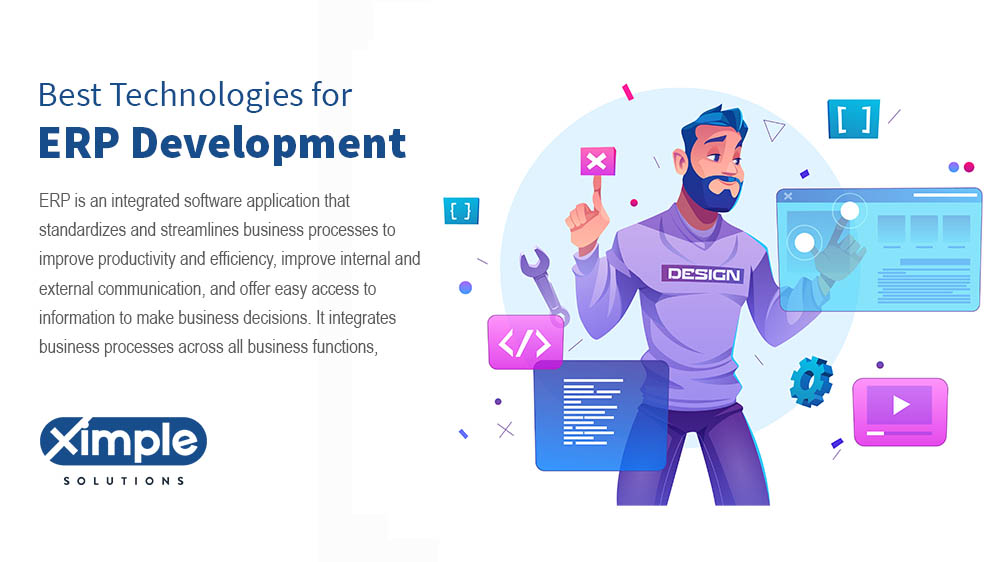
Benefits of Angular Technology for ERP Systems
If looking for high productivity when doing an ERP project in Java, choose Angular. It includes ready-to-use solutions that can let you create applications with many features. It has the following benefits:
- It supports error-free code development
- Angular is a more modern, high-performance programming language
- You can shift from one view to another because Angular allows routing
- Angular CLI facilitates seamless updates.
What’s the API framework? What are Micro-services?
The Application Programmer Interface (API) Framework is a technique that programmers use to interface with software applications. The open-ended Java API framework has many uses. When shopping online with your card, API helps to transmit your card details to complete a transaction. After integration with various company APIs, the API Framework can securely send even the most sensitive data.
Java Microservices framework includes a group of software applications designed in the Java Programming Language. They make use of the massive system of Java frameworks and tools. A single microservice boasts minimal abilities and is responsible for one specific task. That is why microservices deliver consistency, efficiency, and quality in the outputs and workflows.
What is the best framework for ERP in Java?
First of all, a Java Framework is an assortment of pre-made codes for developing web applications. It is the framework that a developer uses to write codes for creating an application. But what is a framework in Java? A framework has pre-defined classes and functions (codes) in which a developer can add their code to solve a problem. There are different kinds of Java Frameworks that can be used in ERP. The most popular ones include:
- Spring – A lightweight, easy-to-test Java framework designed for JEE.
- Hibernate – It is a portable and productive open-source Java application development framework. It allows a developer to launch communication between RDBMS and Java.
- Play – It is a unique Java Framework that follows the Java MVC framework and is ideal when making a very scalable application. It requires no configuration and works with the most common IDEs.
- Google Web Toolkit – The GWT is an open-source framework. It lets a developer write a client-side Java code. GWT is ideal for creating the most complex browse applications. They can use the GOOGLE API to do the task.Â
- JavaServer Faces is an Oracle Java UI framework perfect for developing user interfaces for Java applications. Like Play, it uses the MVC design method.
ERP Framework: J2EE vs. Spring
Java 2 Platform, Enterprise Edition (J2EE) belongs to Oracle. It entails Java micro-services patterns, web services, and distributed computing. It is a reliable application platform whose core components are Java Server Pages, Java Database Connectivity, and Enterprise Java Beans.
Java Spring Framework is an open-source framework for Jave EE. As it has several extensions for building large-scale apps over the Java EE platform, the Spring Framework uses Plain Old Java Object (POJO). One common thing about J2EE and Spring Framework is dependency injection. Here are the differences between J2EE and Spring Framework.
- Architecture – J2EE entails three architectural frameworks: logical tiers, client tiers, and presentation tiers. In contrast, Spring Framework consists of a layered architectural skeleton with several modules.
- Language – Spring lacks any specific programming model, while J2EE uses an advanced object-oriented language with particular syntax and design.
- Interface – Syntax in Spring Framework is the same. It does not depend on a compiler or IDE. On the contrary, J2EE is a Java GUI framework designed from Abstract Window Toolkit APIs.
- Structure – J2EE may be a web-based Java web development framework or a non-web-based one. Spring Framework’s foundation is around twenty modules.
- Swiftness – Spring Framework is slower than J2EE.
Benefits of the J2EE Framework
J2EE ERP Framework has the following advantages:
- Records show that J2EE leads to the development of more secure, reliable, and scalable Java ERP solutions.
- You can use J2EE on several platforms
- It enables cross-platform portability
- Complex, high-level applications are easy to handle over J2EE
- Several successful projects exist to show the effectiveness of J2EE.
Foundation for future
The programming languages mentioned here form a foundation for the future of ERP. They will help ERP developers create mobile-friendly software because many people access their apps on Android and iOS devices. They will also support the development of functional cloud-hosted ERP sites and modular ERP solutions for individual users.
Risk-Free Technology for Next Generation ERP- Angular, APIs, Microservices, and J2EE
What will developers use when making the next generation of Enterprise Resource Planning tools? It will most likely depend on the most advanced, risk-free ERP technologies. This article discussed Angular, APIs, Microservices, Java ee Spring framework. These ERP technologies are what programmers will exploit in the future to generate the most advanced ERP applications for the distribution sector and other industries.
JavaScript’s code compatibility is excellent. It is best for developing applications that can run client-side and server-side. It makes one of the best programming languages for business applications like ERP freeware. Java supports high UI for desktop and mobile experiences. It offers simple coding, flexibility, and compatibility with cloud solutions.
The future of ERP includes a shift to the cloud and mobile platforms, making Java a perfect programming language. ERP PHP solutions are also standard, and other viable languages are Python, SQL, and Ruby.
Conclusion
A typical software user does not know the work that goes into producing sophisticated company management software open source tools. Programmers do difficult work using most of the items discussed in this article. Now you know a thing or two about popular programming languages. When searching for the best programming language for ERP, CRM, DMS, or any other business software, check if its foundation is Angular, React, or another Java Application framework. It is just great to know because each has its pros and cons.

